Have you ever wondered whether your leopard gecko is a boy or a girl? Knowing your leopard gecko’s sex isn’t just about satisfying curiosity – it’s essential for proper care, especially if you plan to house multiple leopard geckos together or breed them.
Why Sexing Your Leopard Gecko Matters
Understanding your leopard gecko’s gender is crucial for several reasons:
-
Housing Compatibility: Males can be territorial and may fight if housed together.
-
Breeding Plans: If you’re considering breeding, you’ll need a male and female pair.
-
Health Monitoring: Some health issues are gender-specific, like egg-binding in females.
Tip: Whether you have one gecko or several, providing the right amount of space is essential. Our Geckopia Stainless Steel Enclosure offers the perfect balance of visibility, ventilation, and safety — helping reduce stress and territorial behavior. Plus, when you purchase a leopard gecko from Geckopia, you’ll get 10% off your enclosure to help you start strong.
When Can You Sex a Leopard Gecko?
Geckos don’t show clear gender differences until they’re about 6-12 months old. Before that, it’s nearly impossible to tell. Patience is key!
How to Sex Your Leopard Gecko: Step-by-Step Guide
1. Look for Pre-Anal Pores
One of the most reliable ways to determine your leopard gecko’s sex is by examining the pre-anal pores. These are small, V-shaped pores located just above the vent (the opening where waste is expelled).
-
Males: Have prominent, dark pre-anal pores that resemble tiny dots.
-
Females: Either lack these pores or have very faint ones.
Pro Tip: Use a magnifying glass for a closer look, especially if your leopard gecko is young.
2. Check for Hemipenal Bulges
Male leopard geckos have two bulges at the base of their tail, called hemipenal bulges. These are where their reproductive organs are located.
-
Males: Visible bulges on either side of the tail base.
-
Females: No bulges – the area is smooth.
3. Observe Body Size and Shape
While not as definitive as the first two methods, body size and shape can offer clues.
-
Males: Tend to be larger and have broader heads.
-
Females: Generally smaller and more slender.
4. Watch for Behavioral Cues
Behavior can also hint at your leopard gecko’s gender.
-
Males: More territorial, may display dominance behaviors like tail-waving or vocalizing.
-
Females: Typically calmer and less aggressive.
Common Mistakes to Avoid
-
Rushing the Process: Don’t try to sex your leopard gecko too early. Wait until they’re at least 6 months old.
-
Misidentifying Pores: Faint pores in females can be misleading. Always double-check with other methods.
-
Stressing Your Gecko: Handle your gecko gently and avoid prolonged examination to minimize stress.
Creating the Perfect Habitat for Your Leopard Gecko
Now that you know your gecko’s gender, it’s time to optimize their habitat! Here are some must-have products to keep your gecko happy and healthy:
- Geckopia Enclosure: Spacious, secure, and easy to clean — designed to maintain optimal humidity and temperature.
-
Geckopia Triple Dish: Perfect for feeding and hydration, this sleek dish keeps food and water organized.
-
Geckopia Flex Bridge: A versatile climbing and basking surface that doubles as a heat-absorbing spot.
-
Geckopia Premium Reptile Liner: A safe, easy-to-clean substrate that pairs perfectly with heat mats.
- Geckopia Dubia Roaches: A nutritious live feeder that promotes muscle growth and natural hunting behavior.
Sarah’s Leopard Gecko Journey
Sarah, a first-time gecko parent, struggled to determine the sex of her leopard gecko, Leo. After reading our guide, she noticed Leo’s prominent pre-anal pores and hemipenal bulges – clear signs he was male. With this knowledge, Sarah adjusted his habitat, adding a Geckopia Flex Bridge for climbing and a Geckopia Triple Dish for feeding.
“Knowing Leo’s gender helped me create a better environment for him. He’s more active and seems happier than ever!” – Sarah
Frequently Asked Questions
Q: Can I house male and female leopard geckos together?
A: Only if you’re prepared for breeding! Otherwise, it’s best to keep them separate to avoid stress or territorial conflicts.
Q: What if I can’t tell my leopard gecko’s sex?
A: If you’re unsure, consult a vet or an experienced breeder for assistance.

Final Thoughts
Sexing your leopard gecko doesn’t have to be complicated. With a little patience and the right techniques, you’ll be able to determine their gender in no time. And once you do, you can create a habitat tailored to their needs.
What’s your experience with sexing leopard geckos? Share your stories in the comments below!


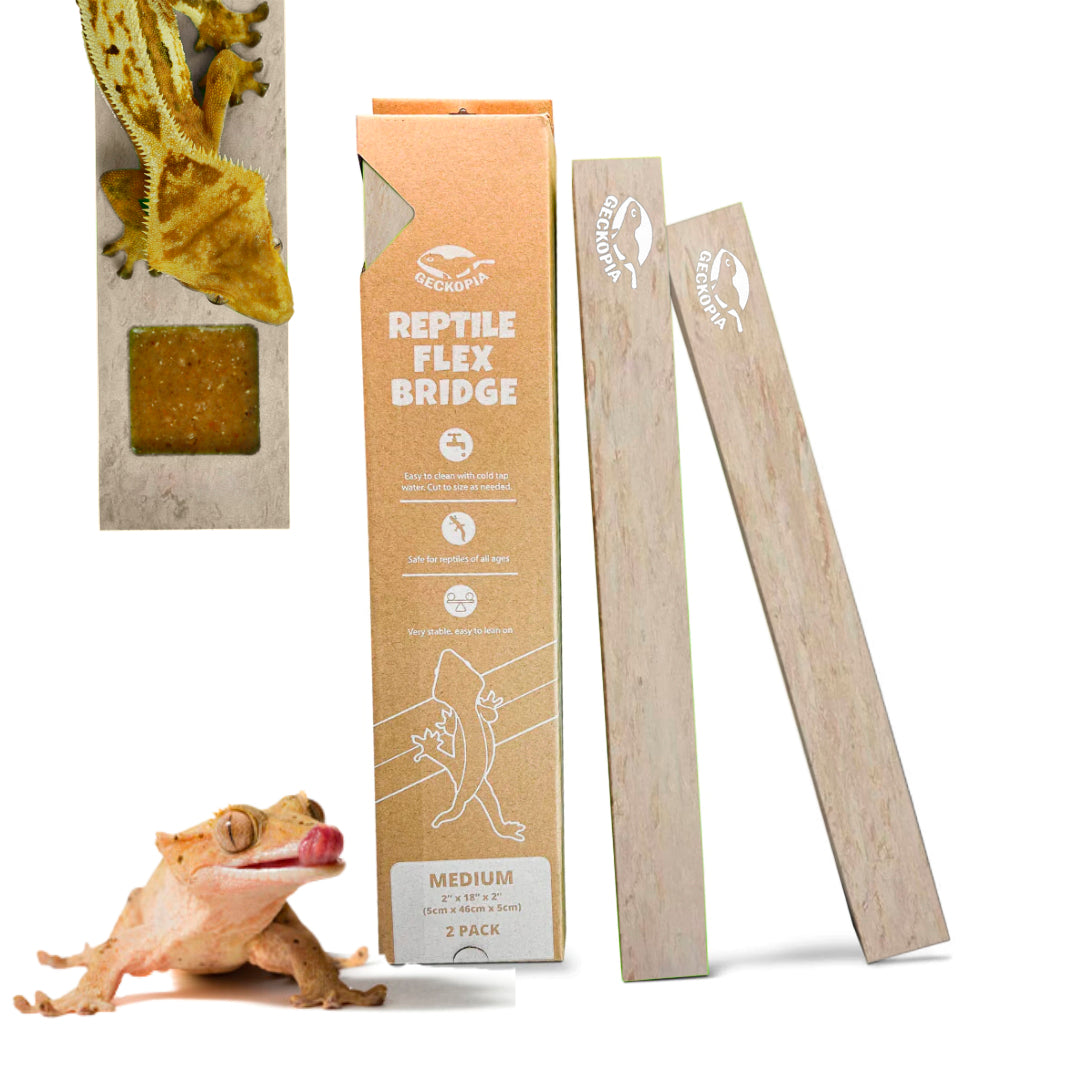
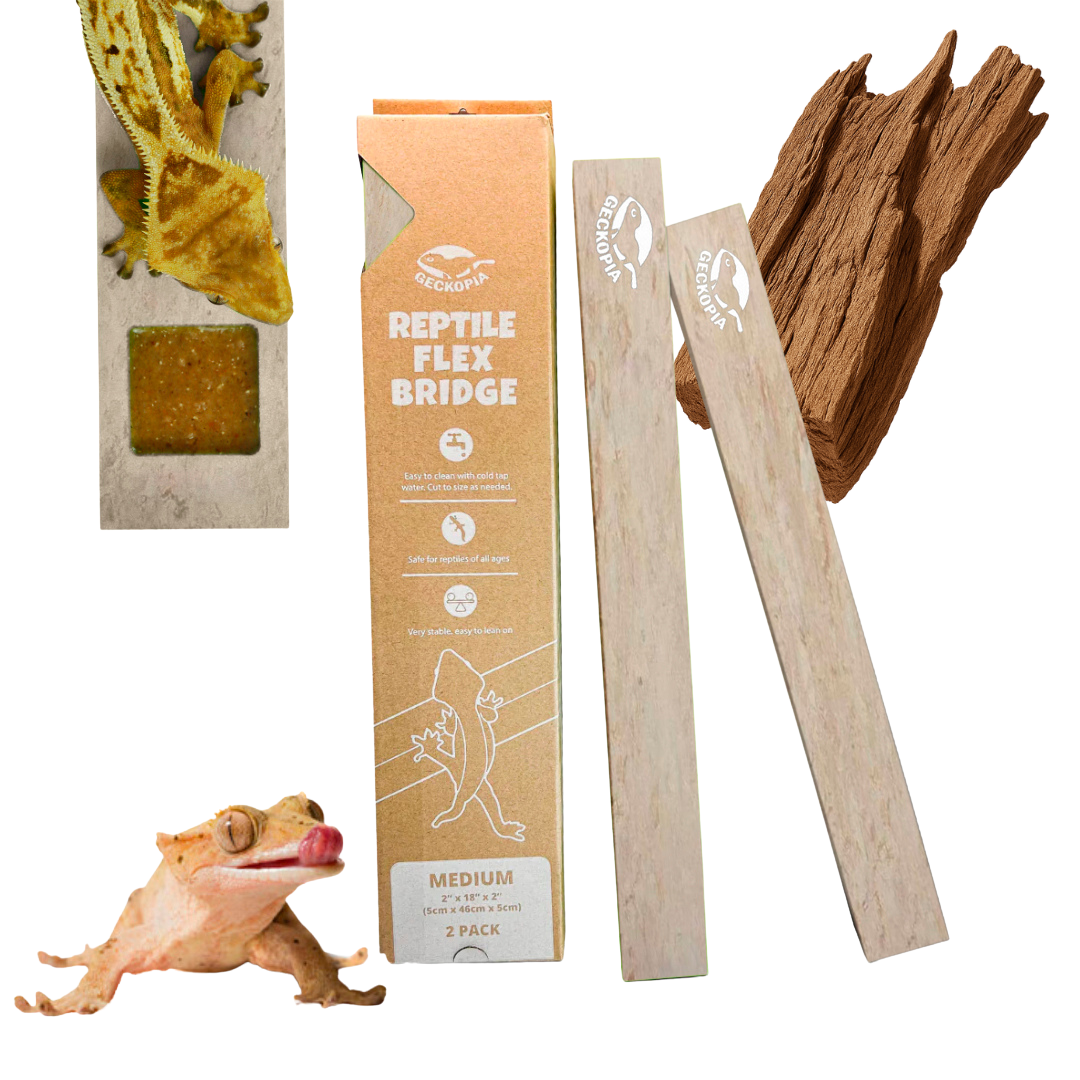
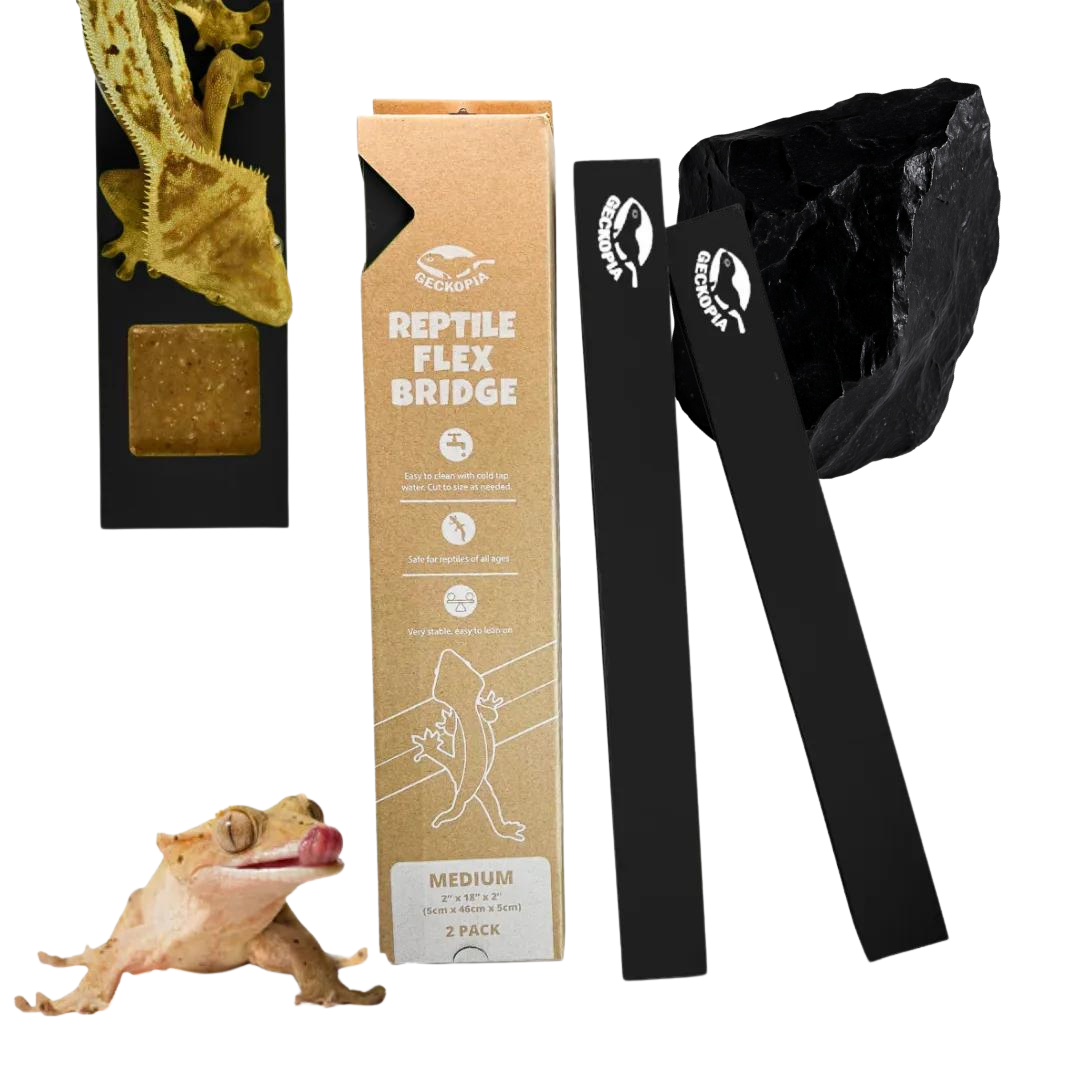
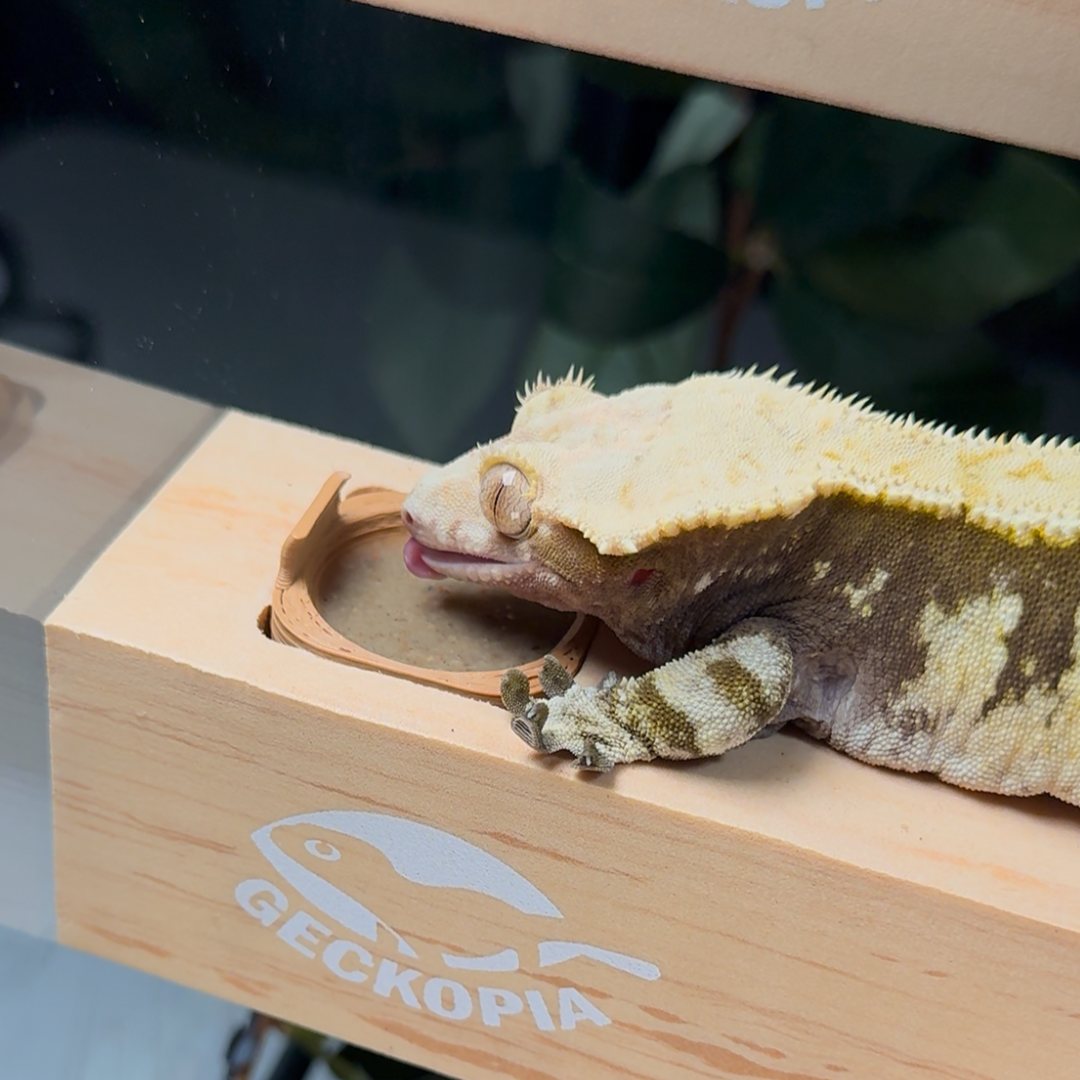


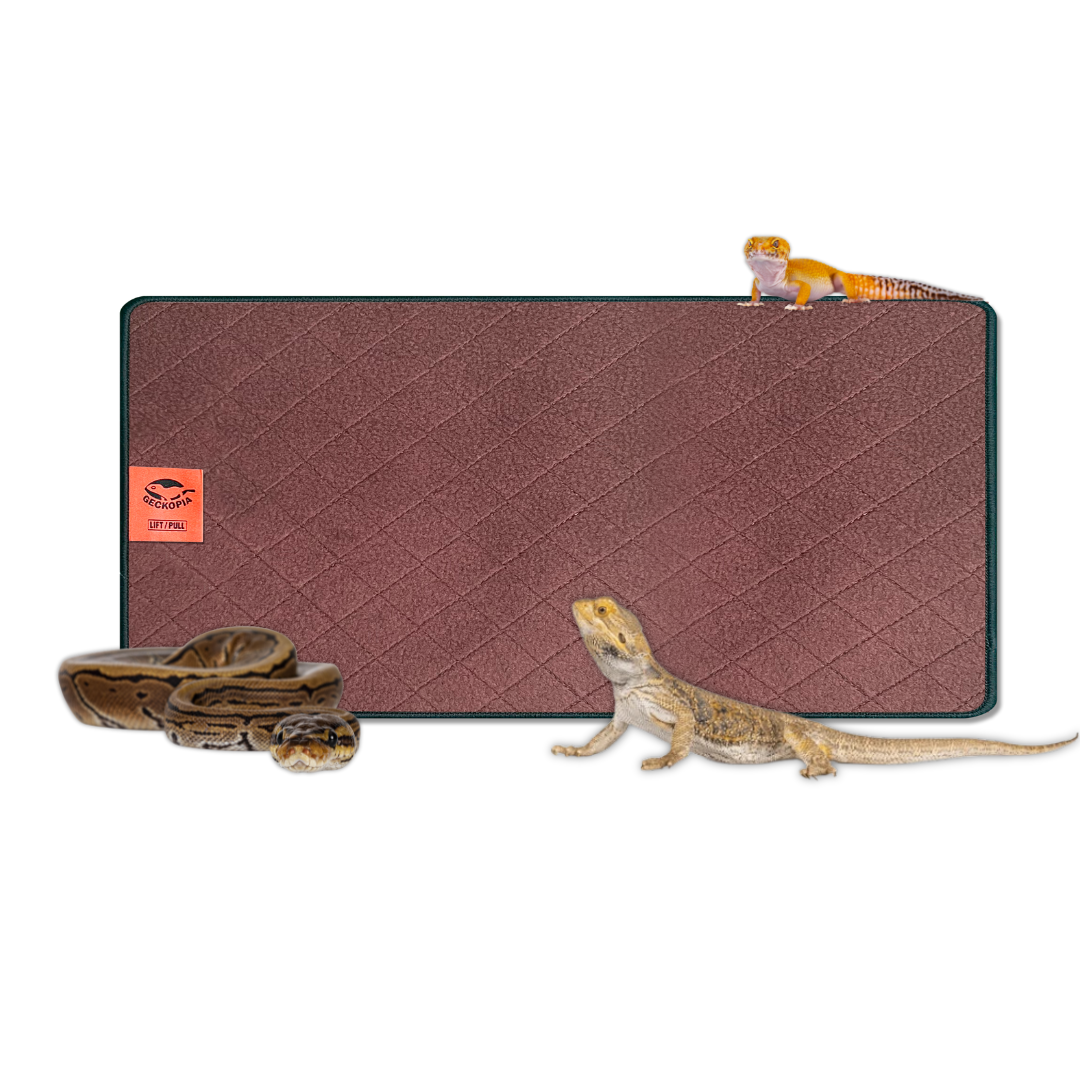
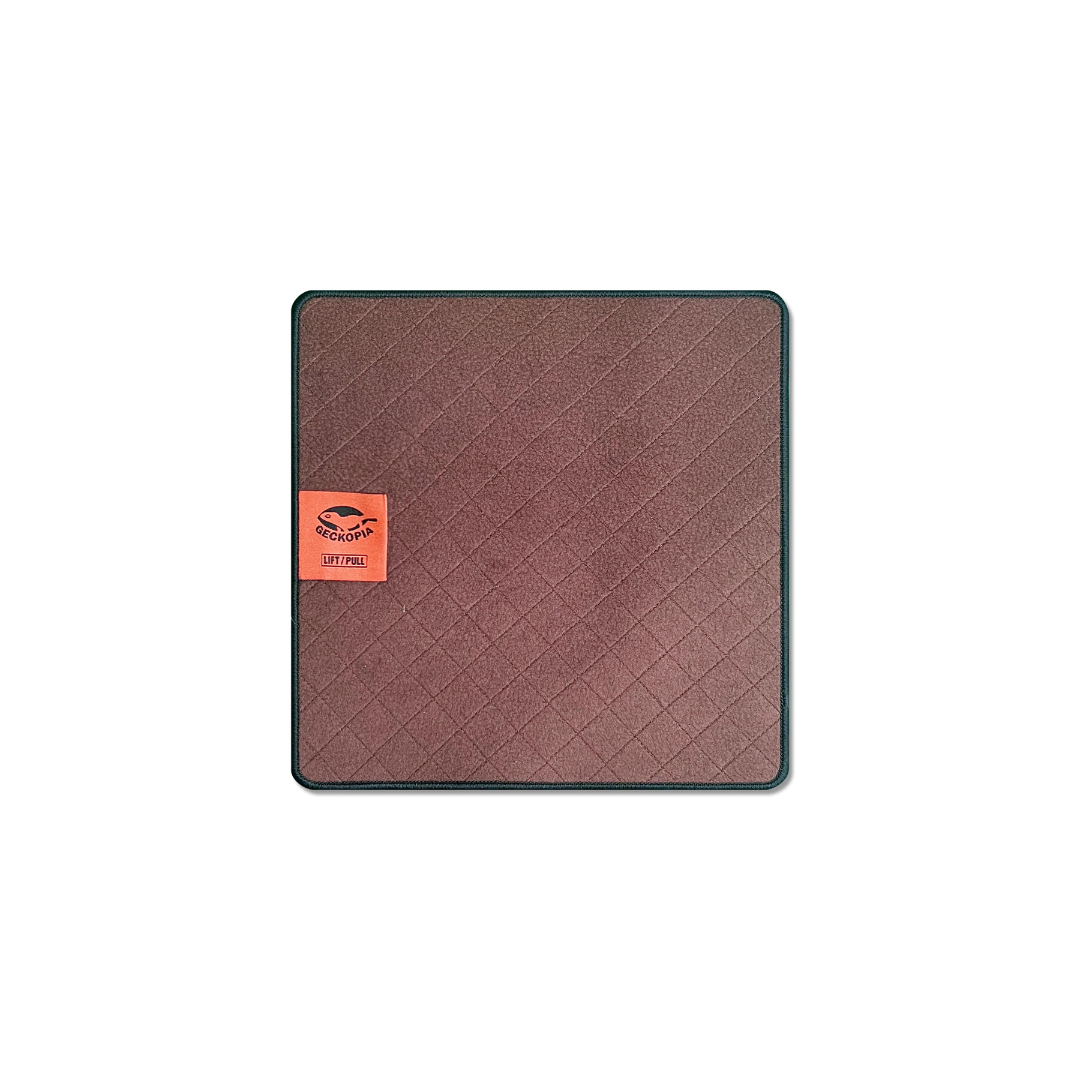


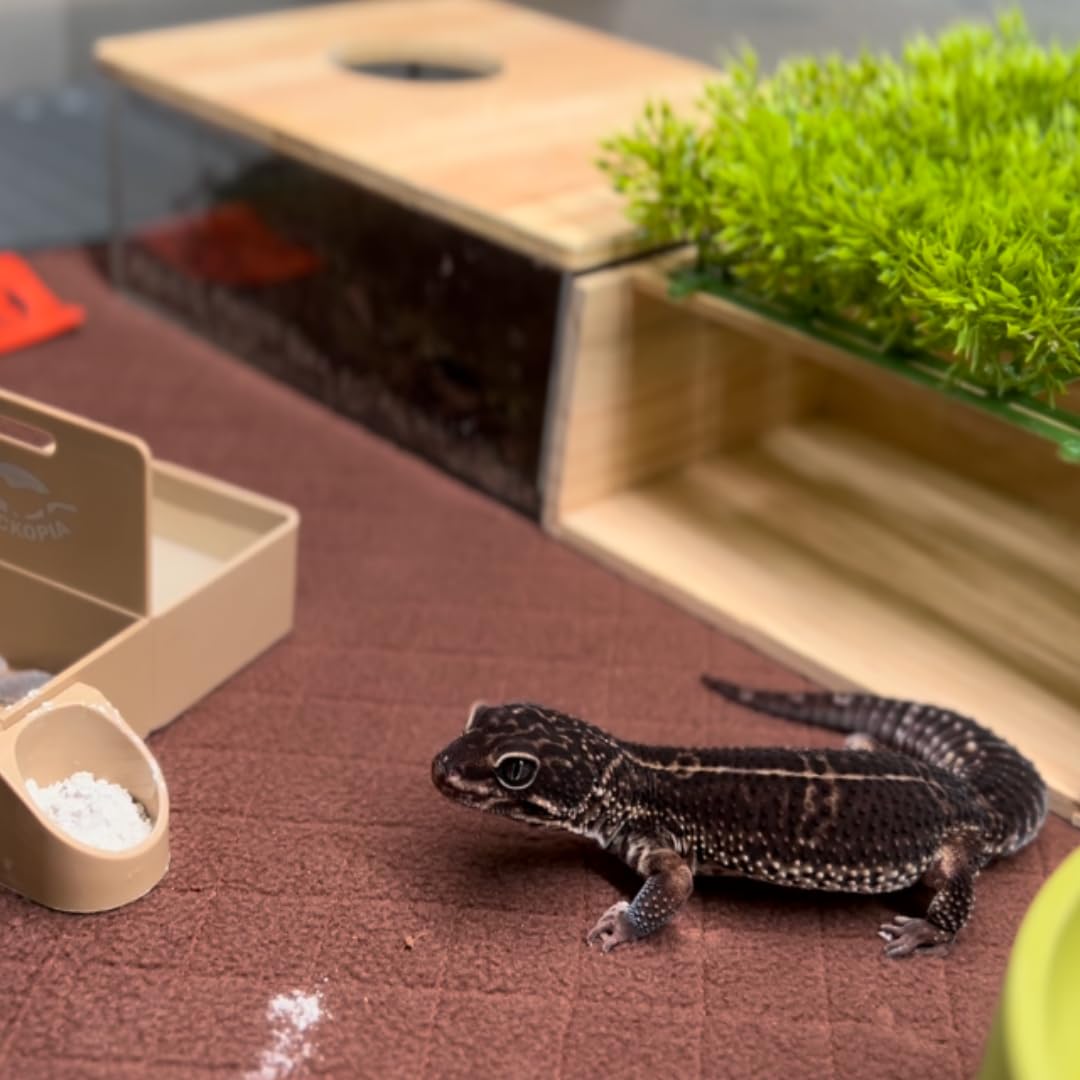
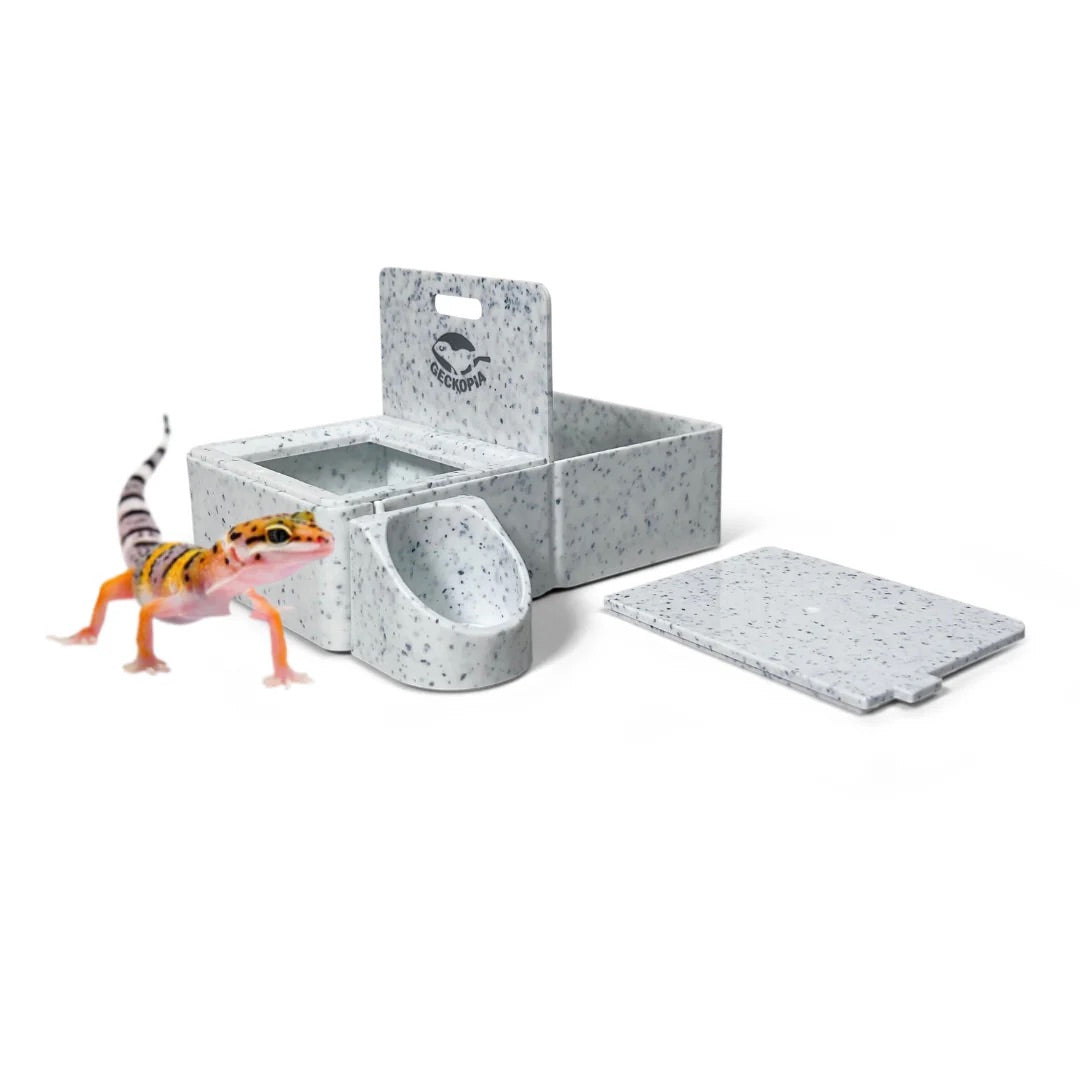
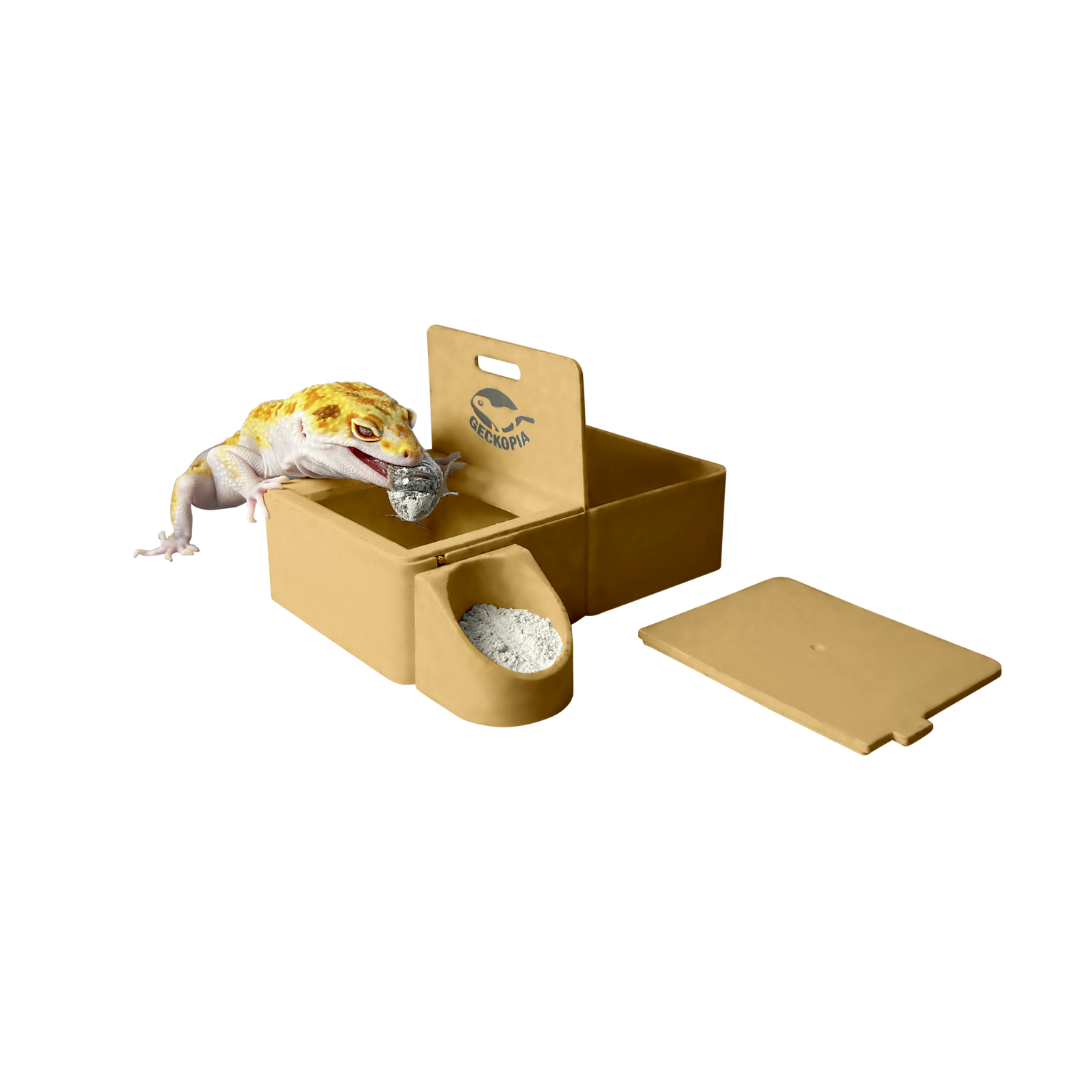
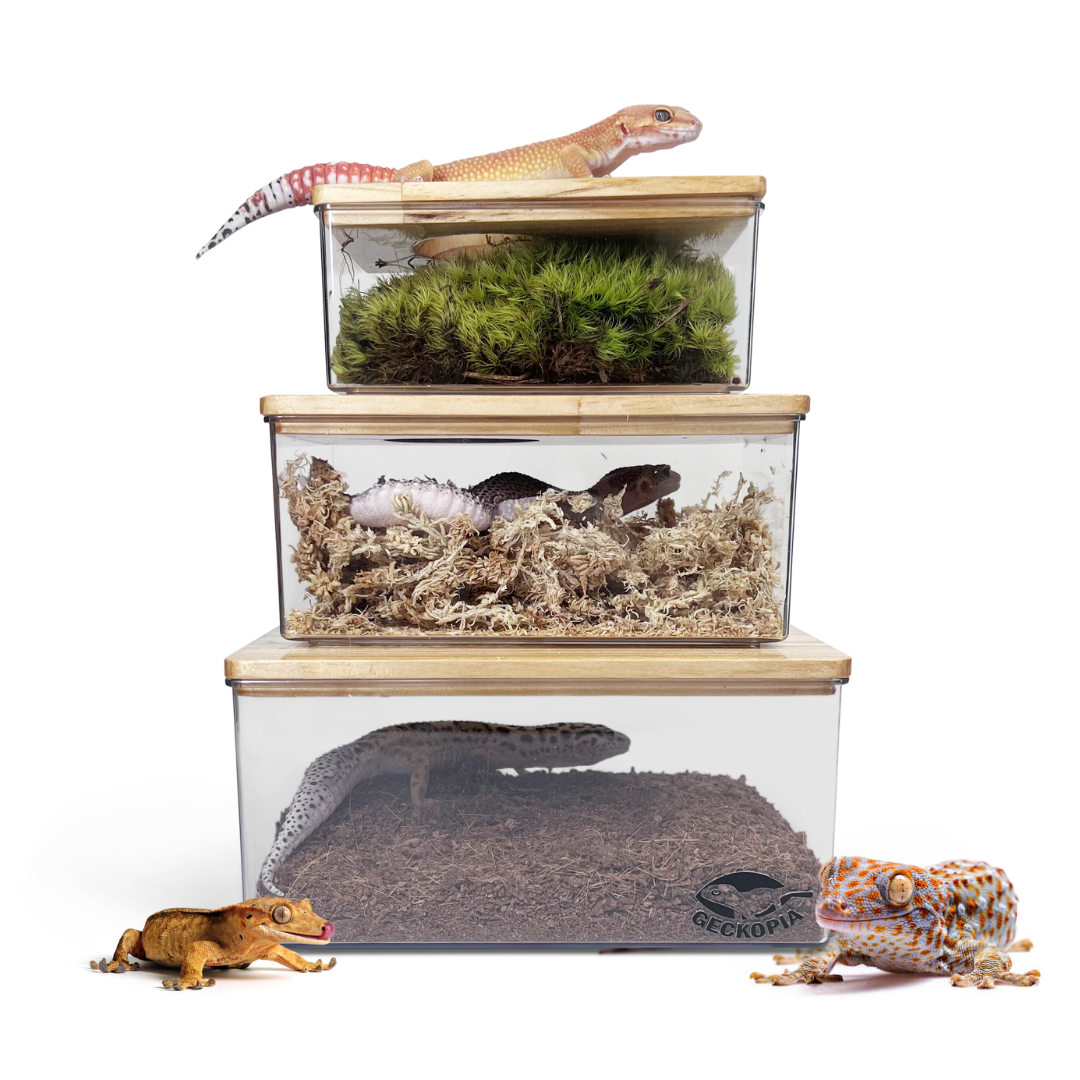
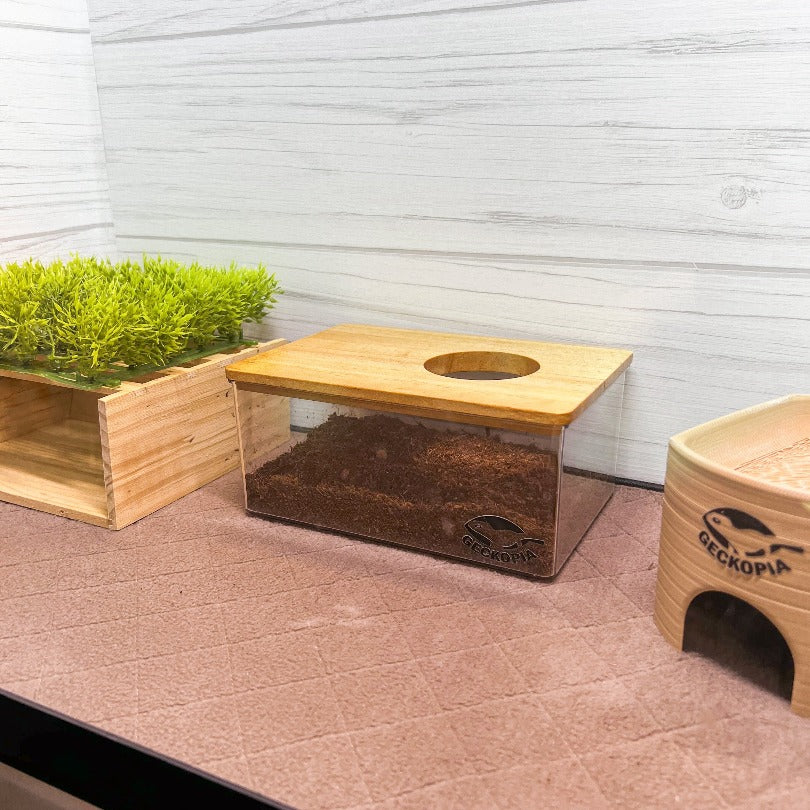
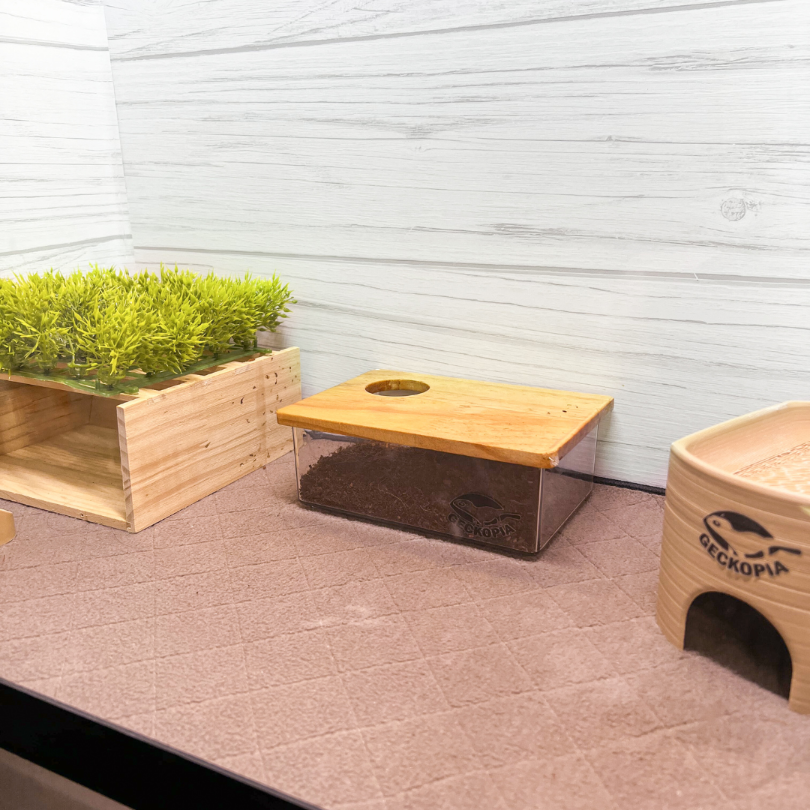
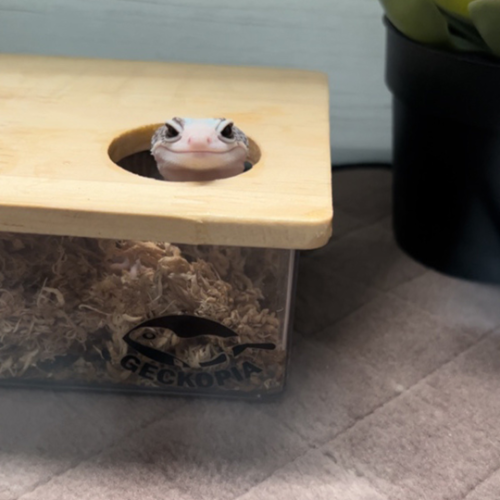



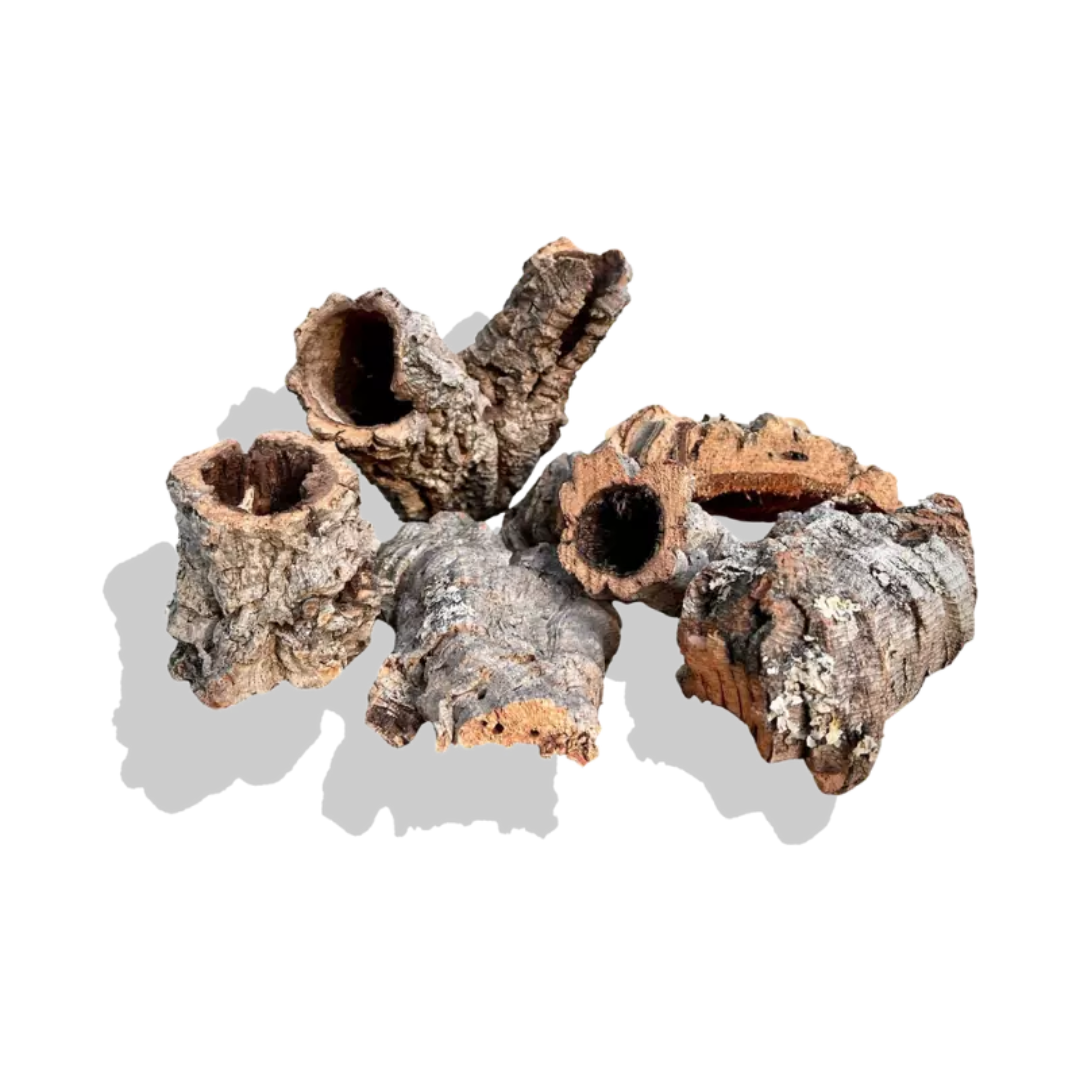
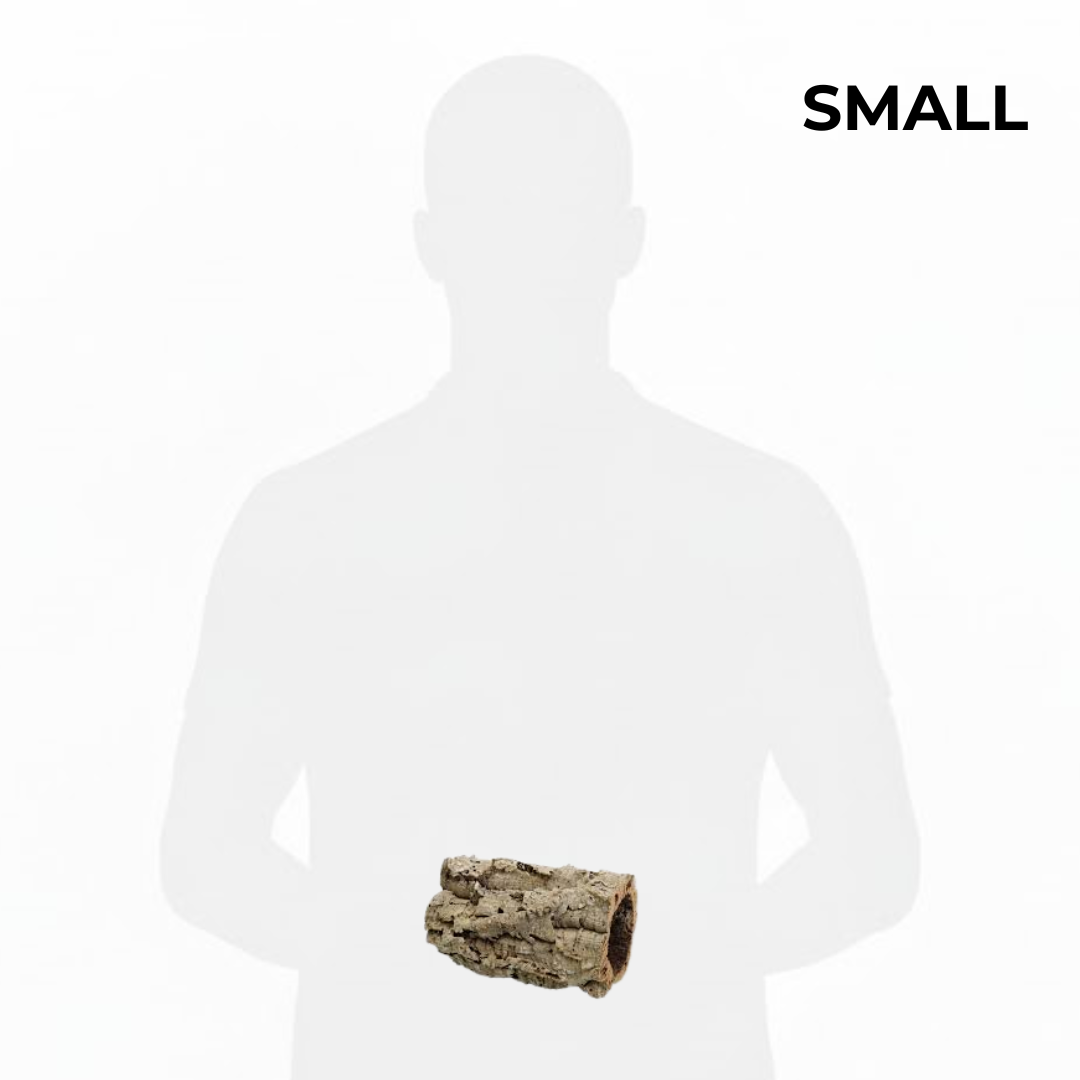
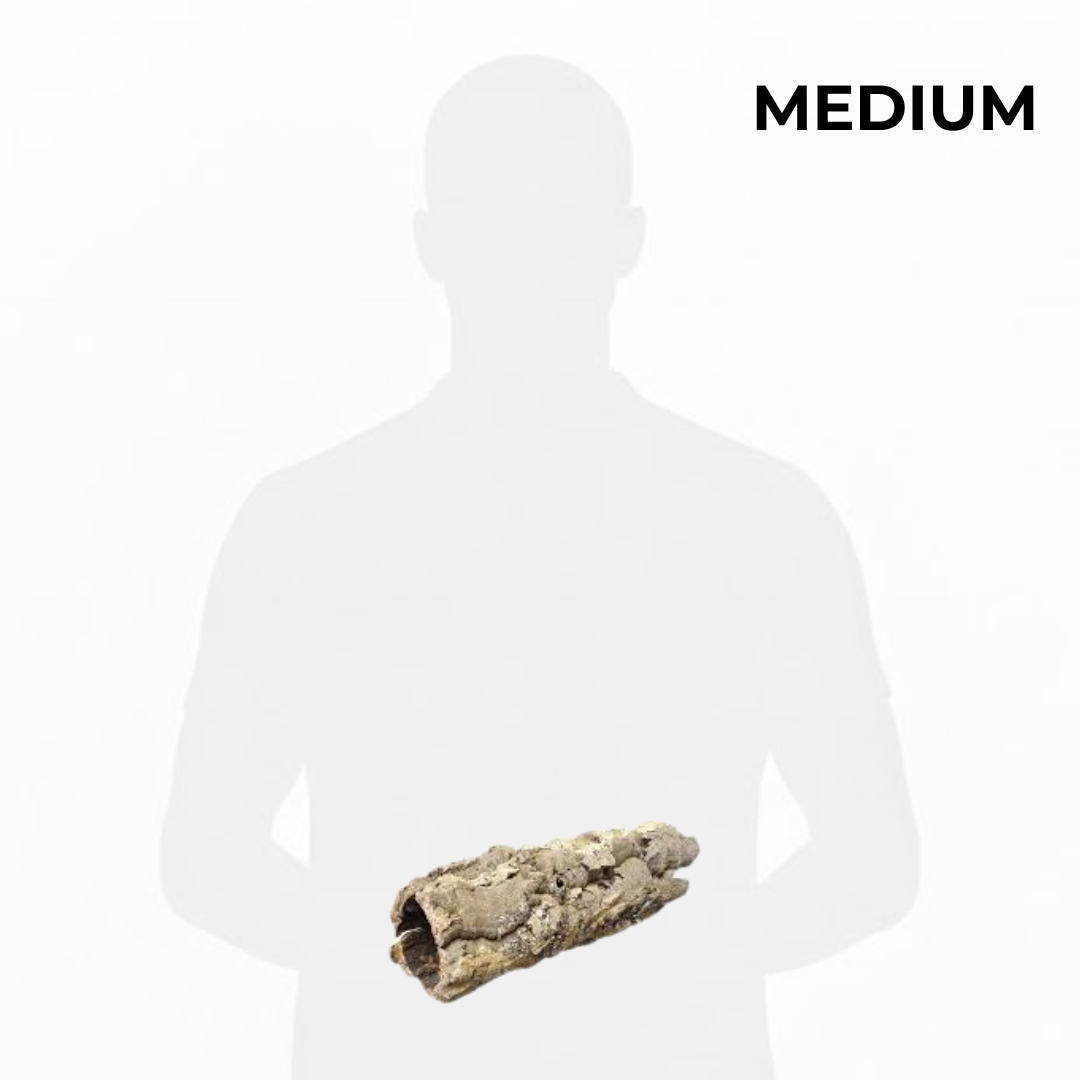
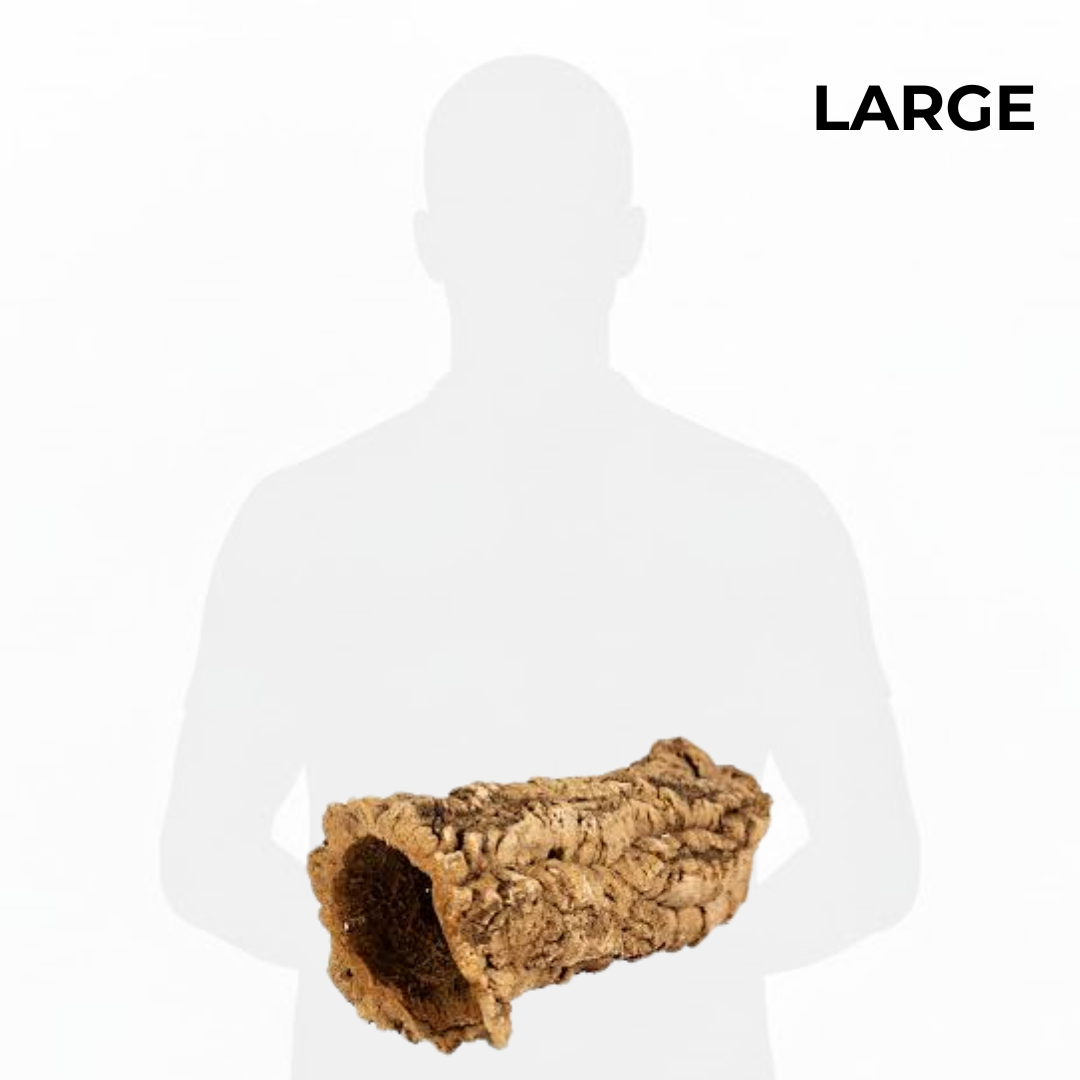
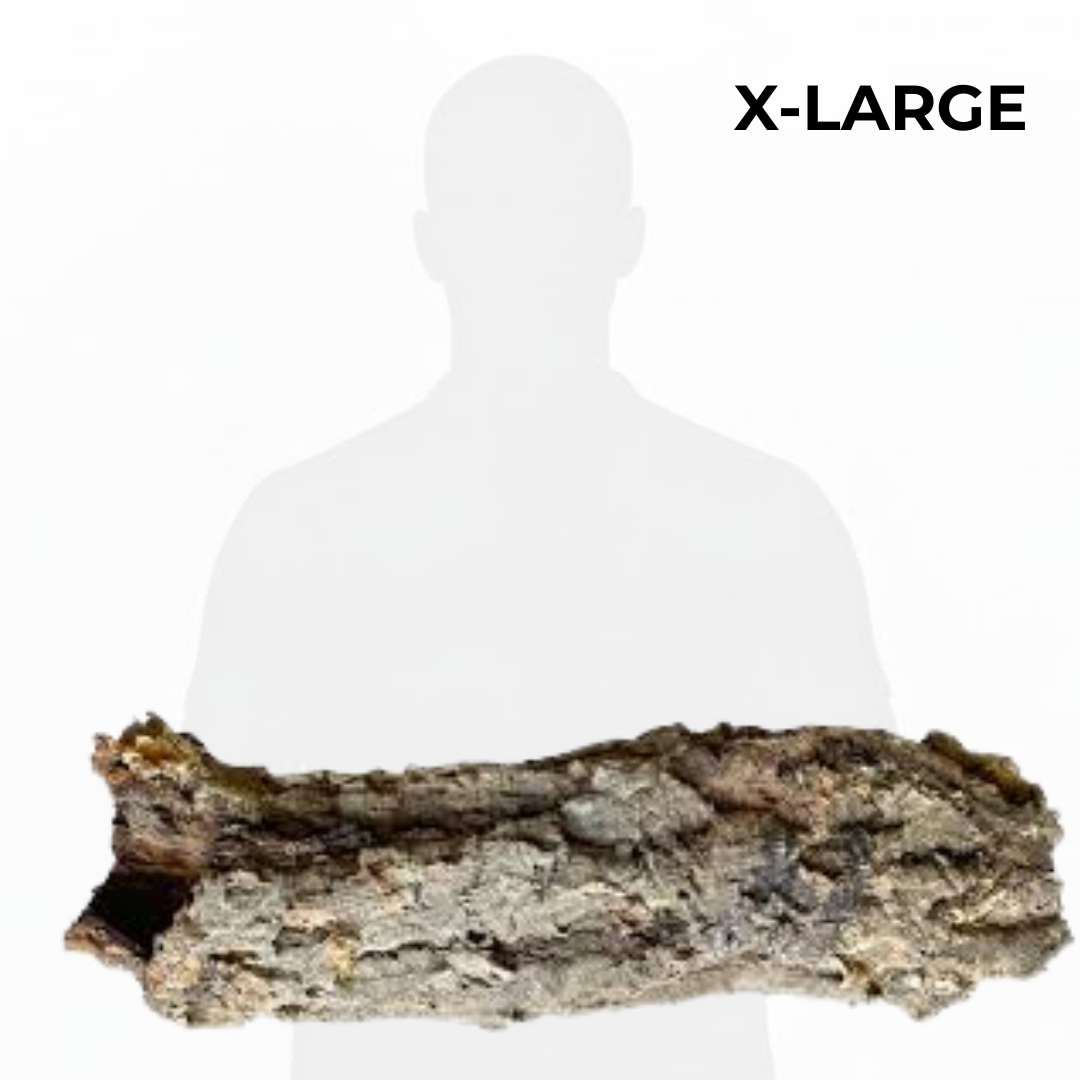

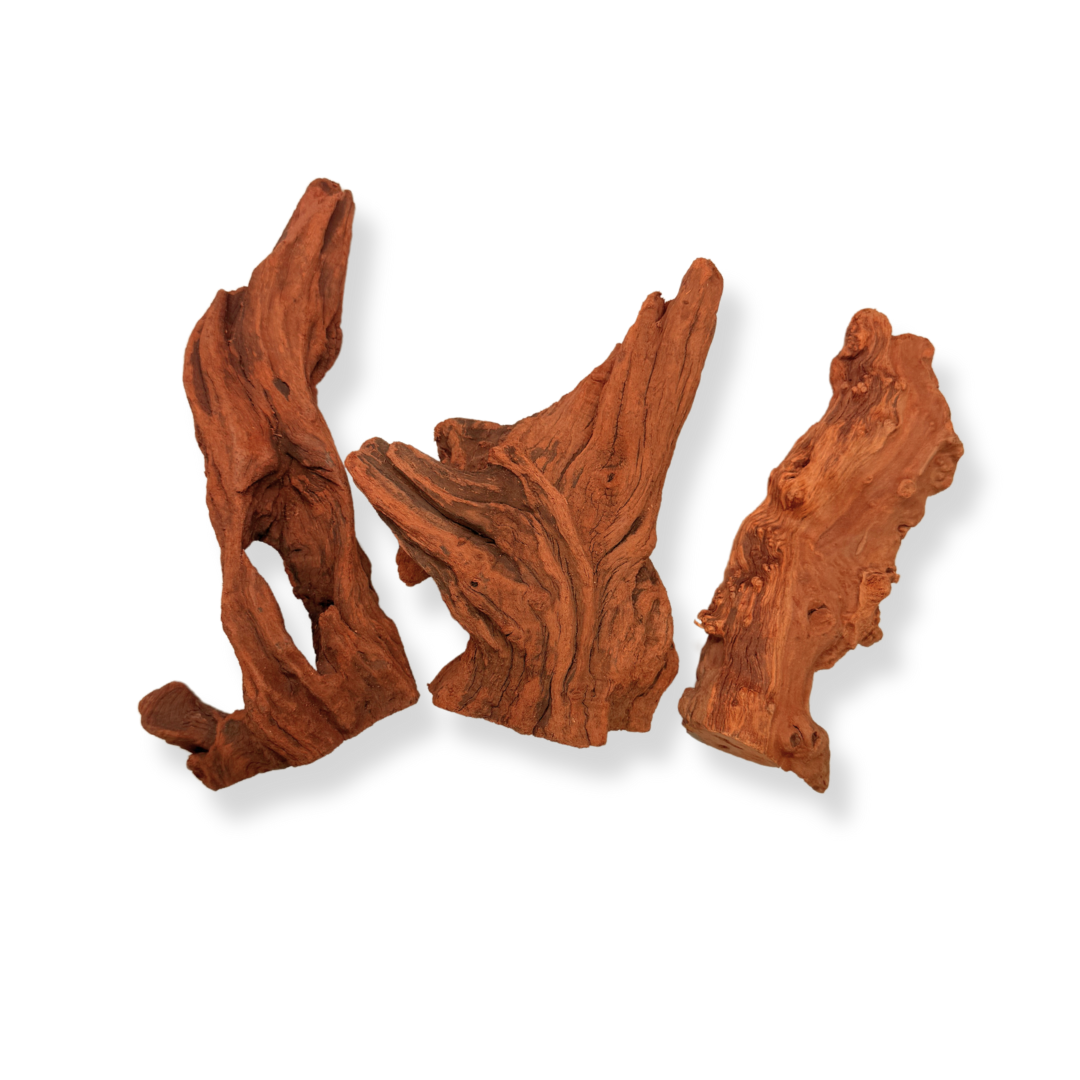
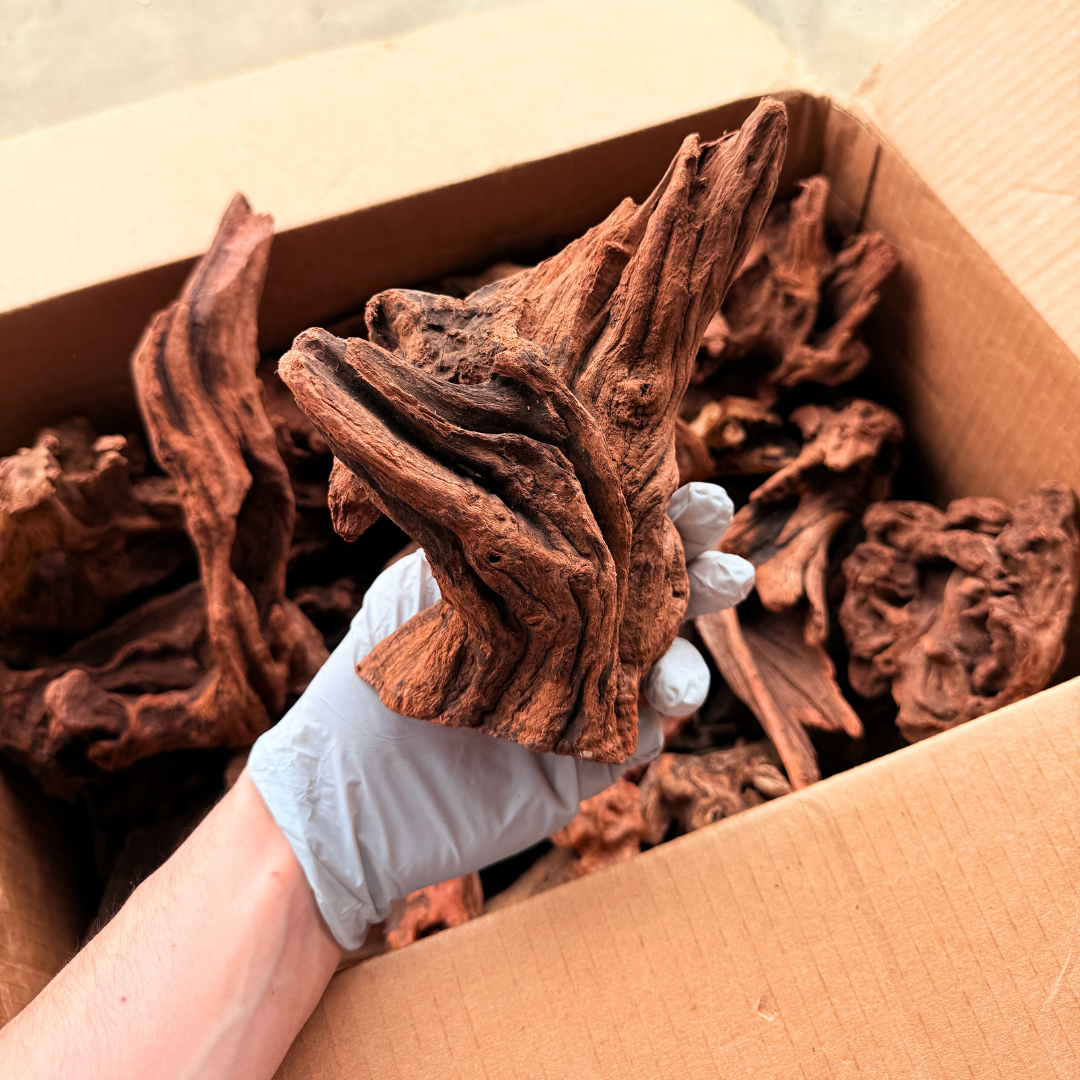
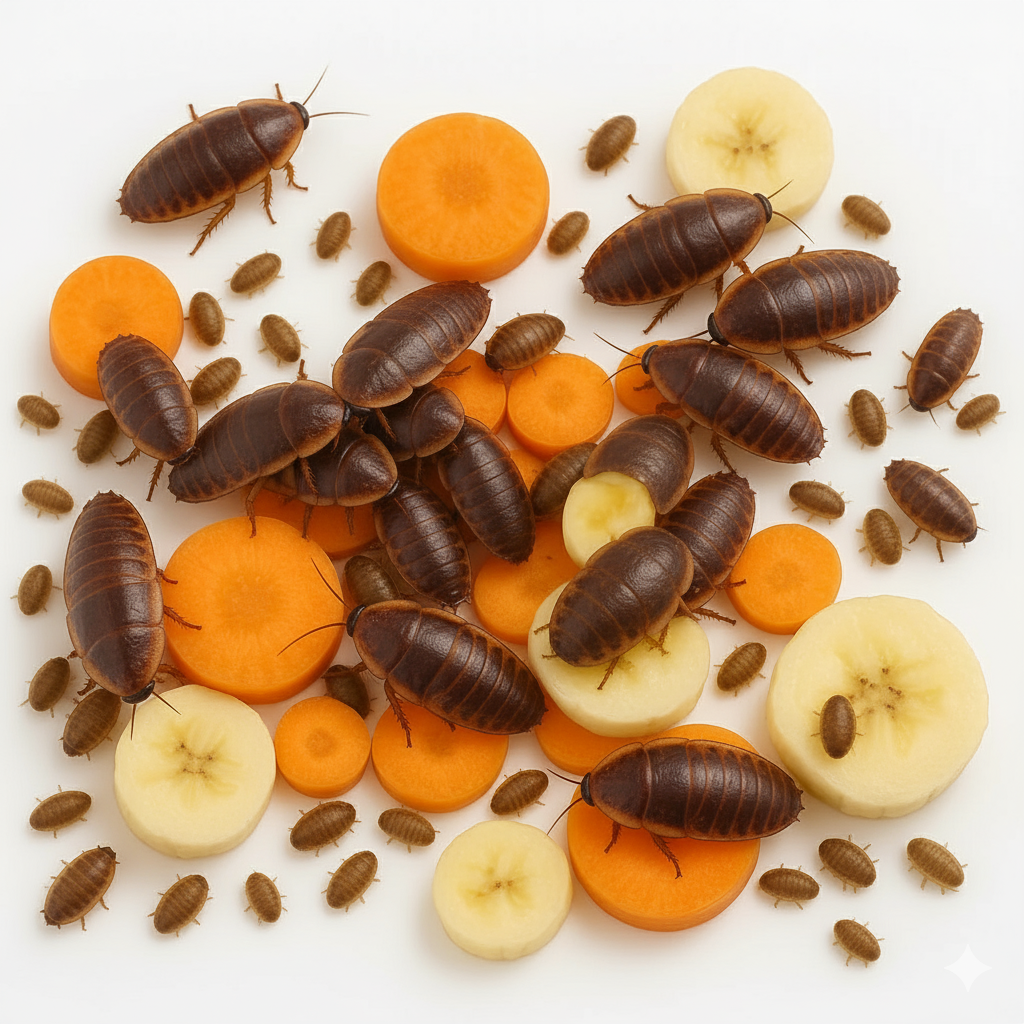
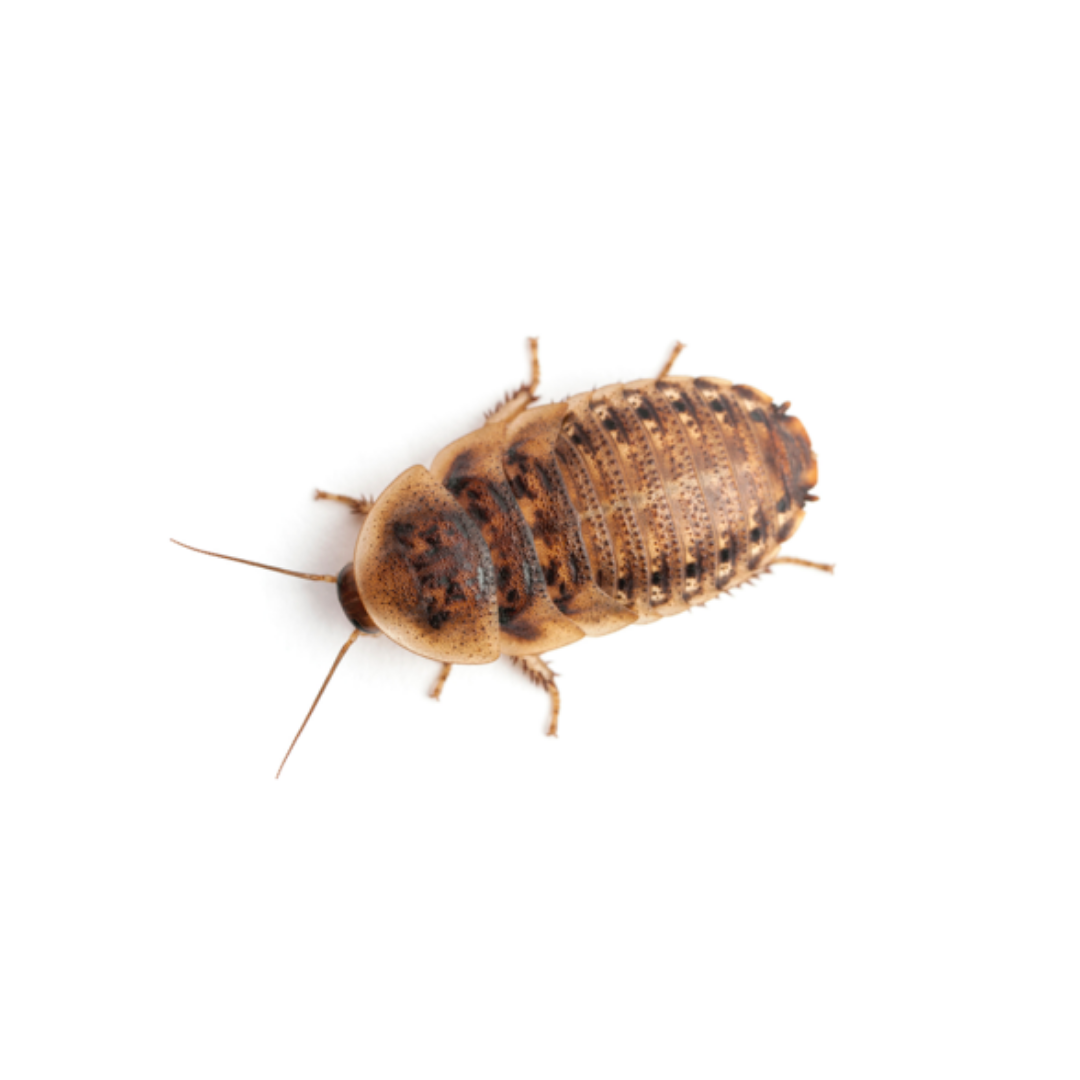



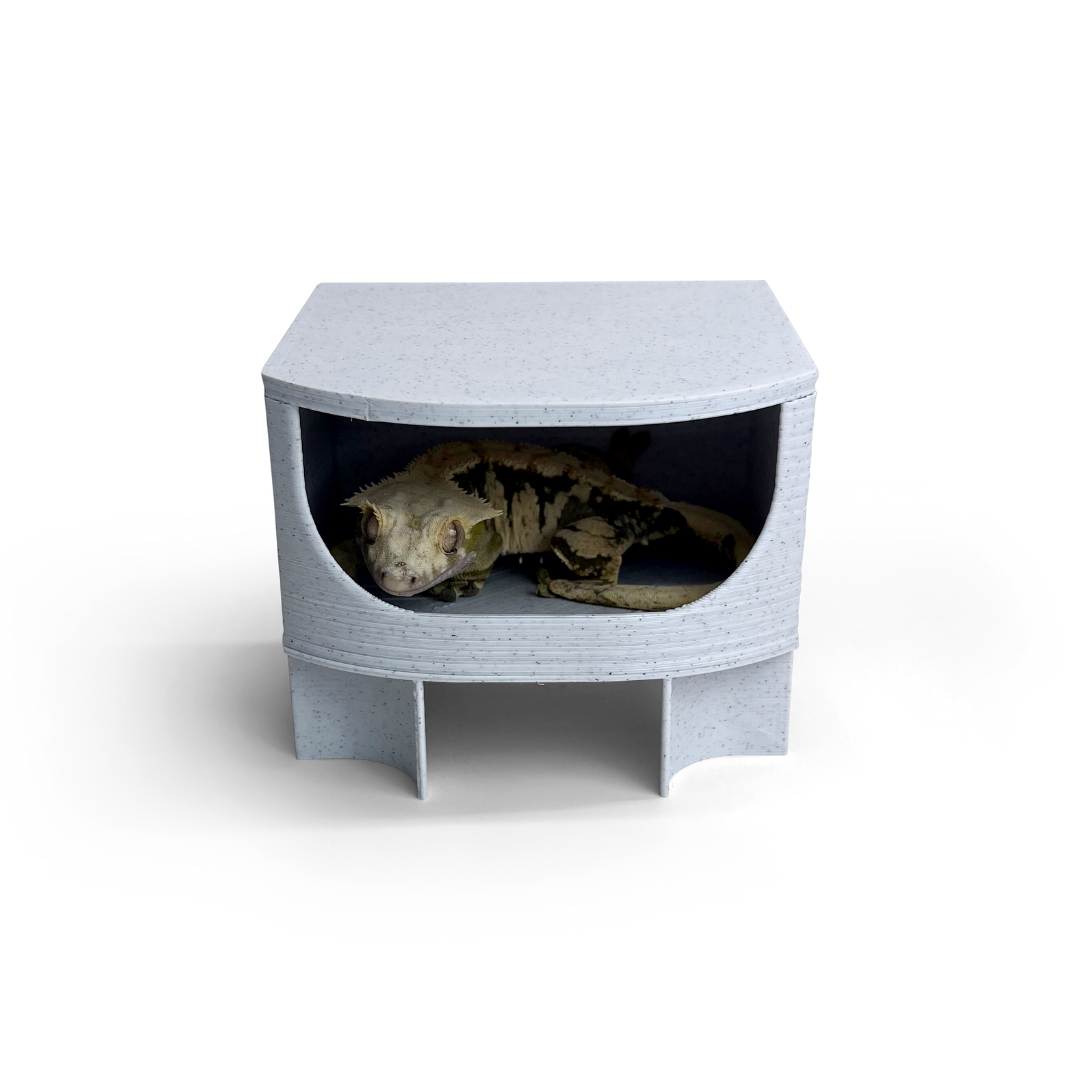
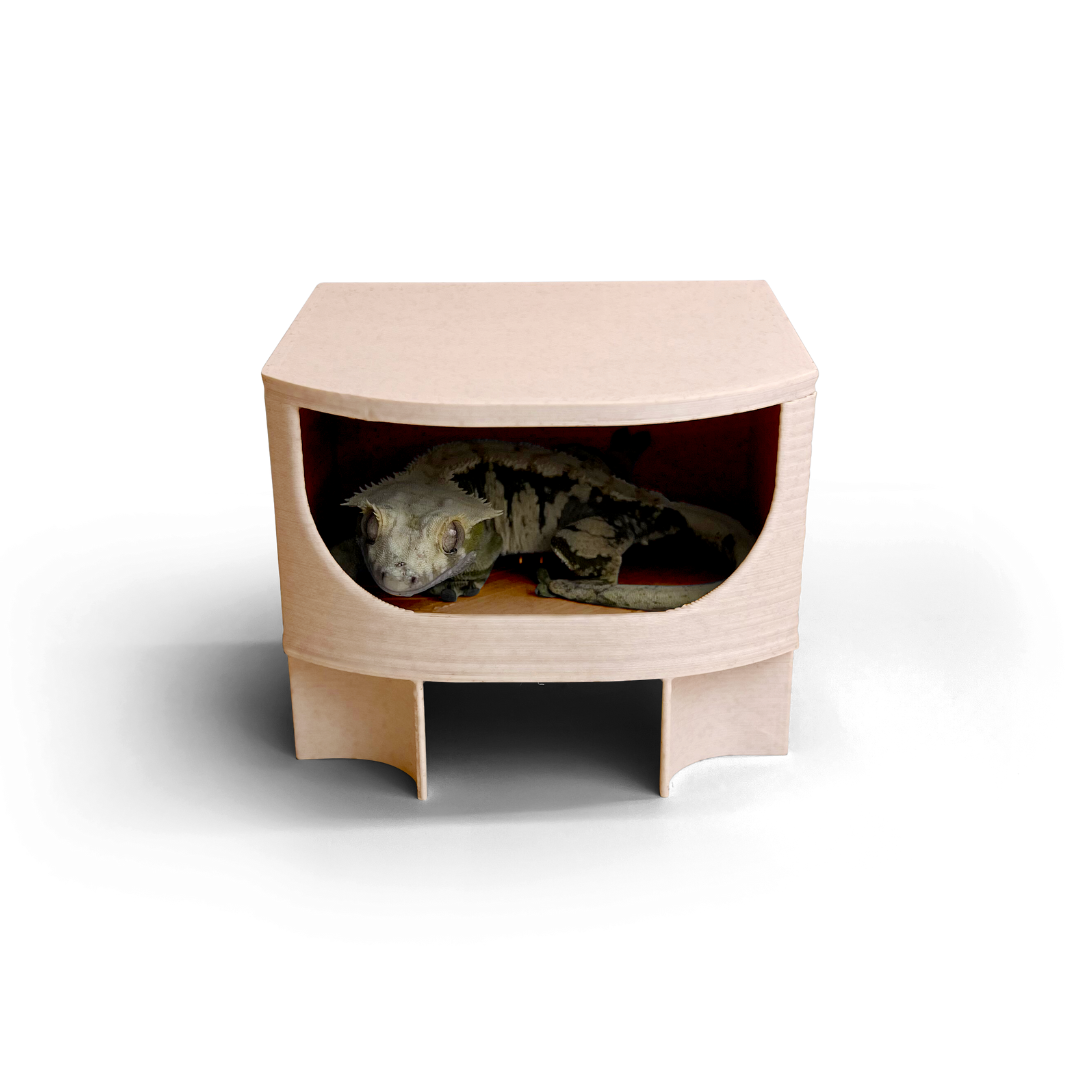
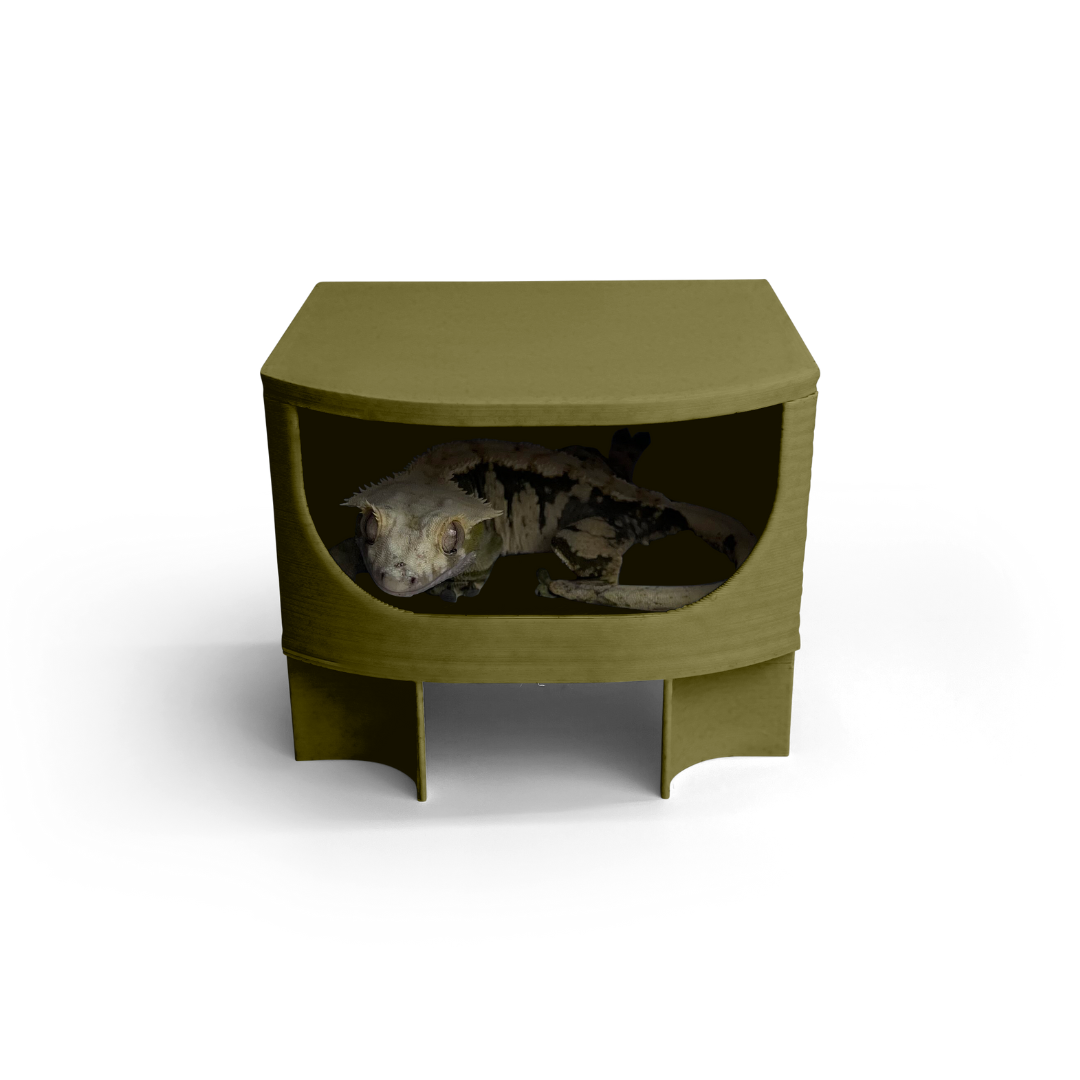
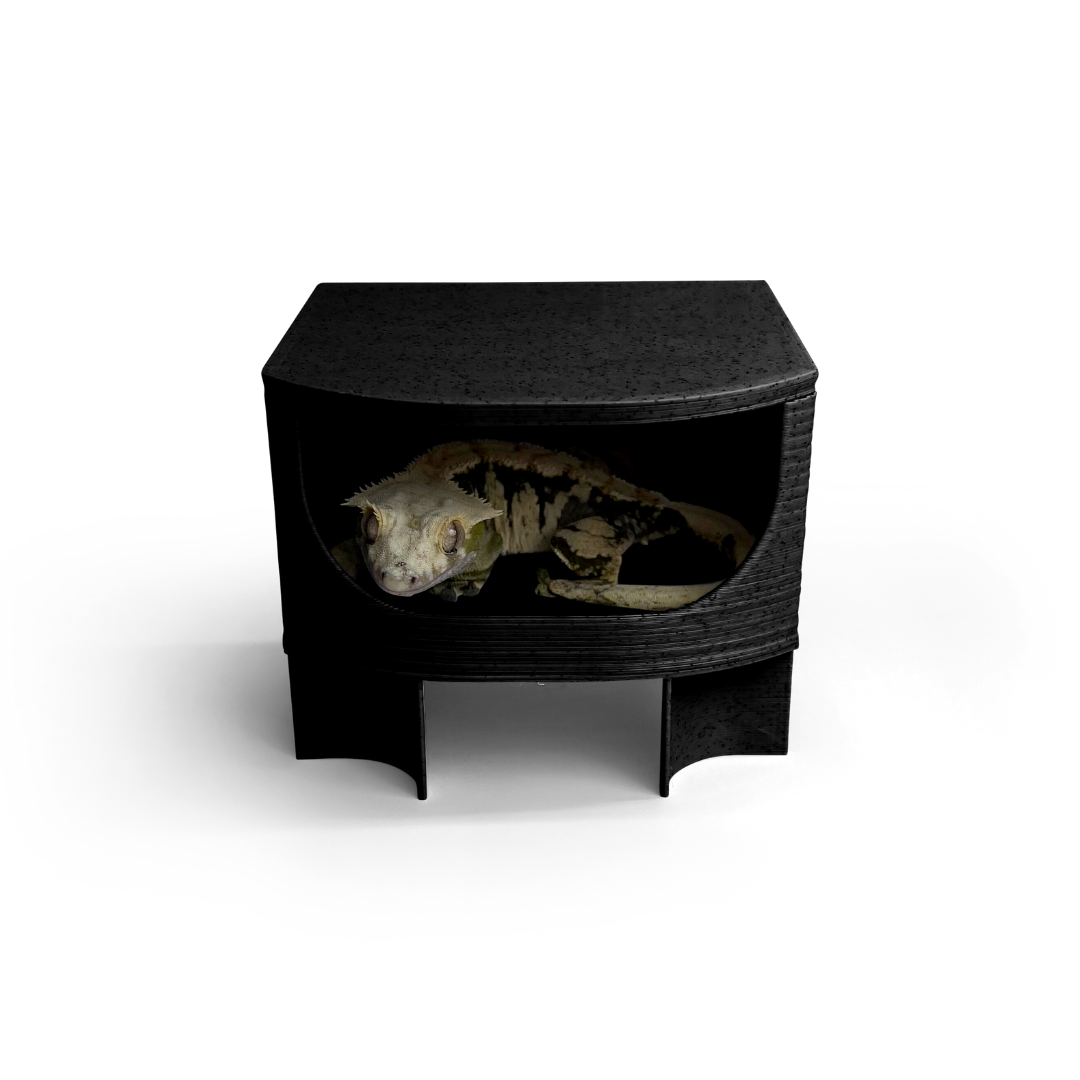
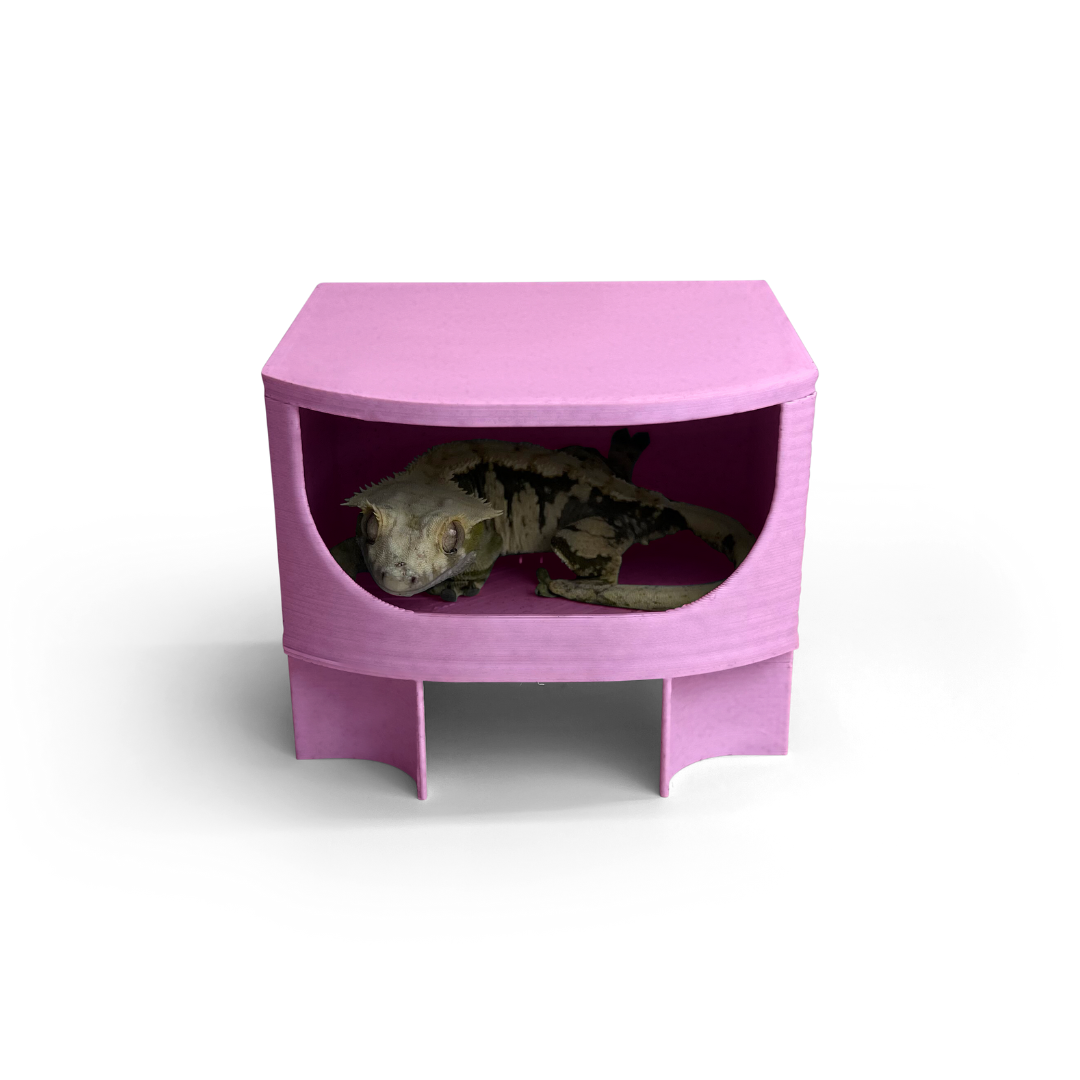
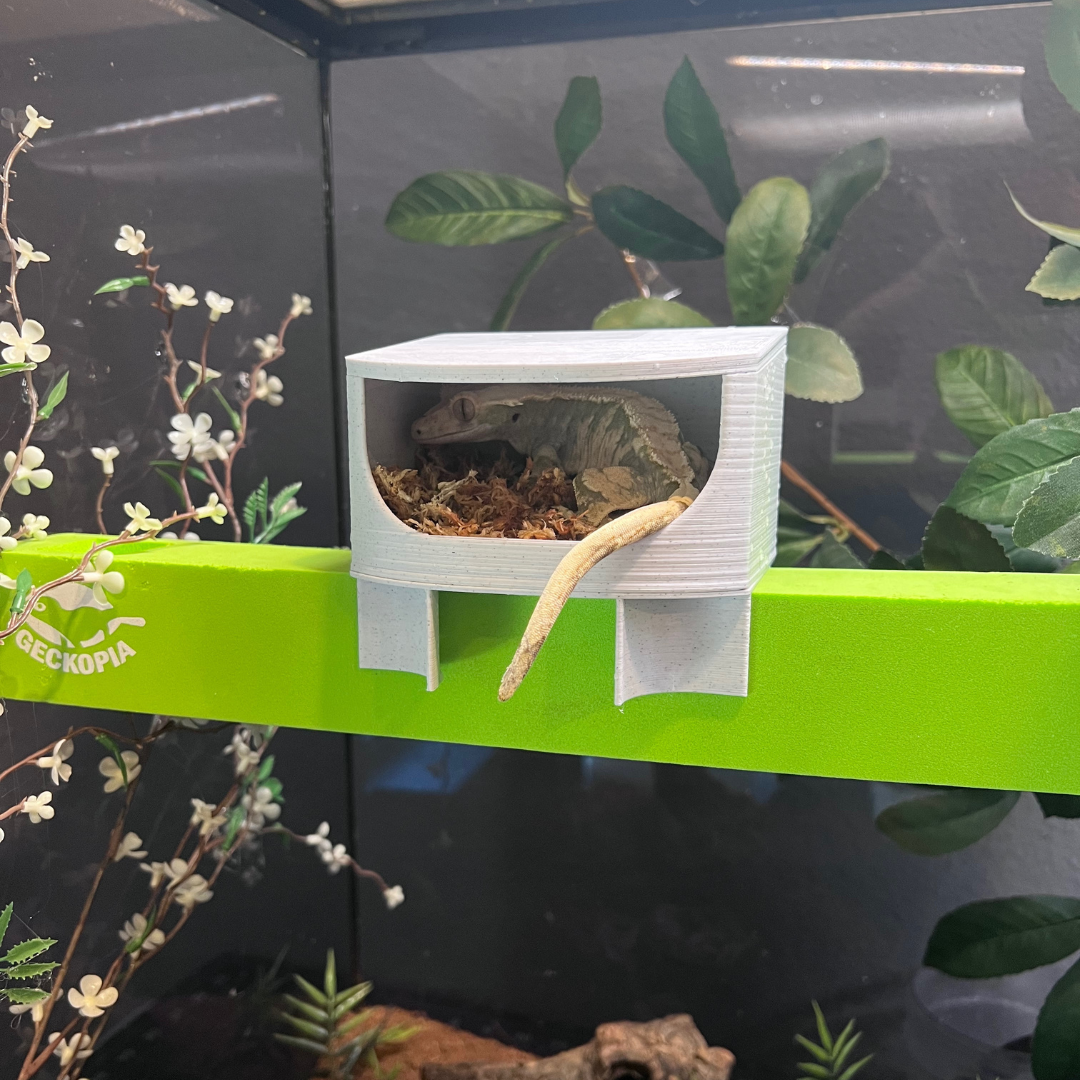
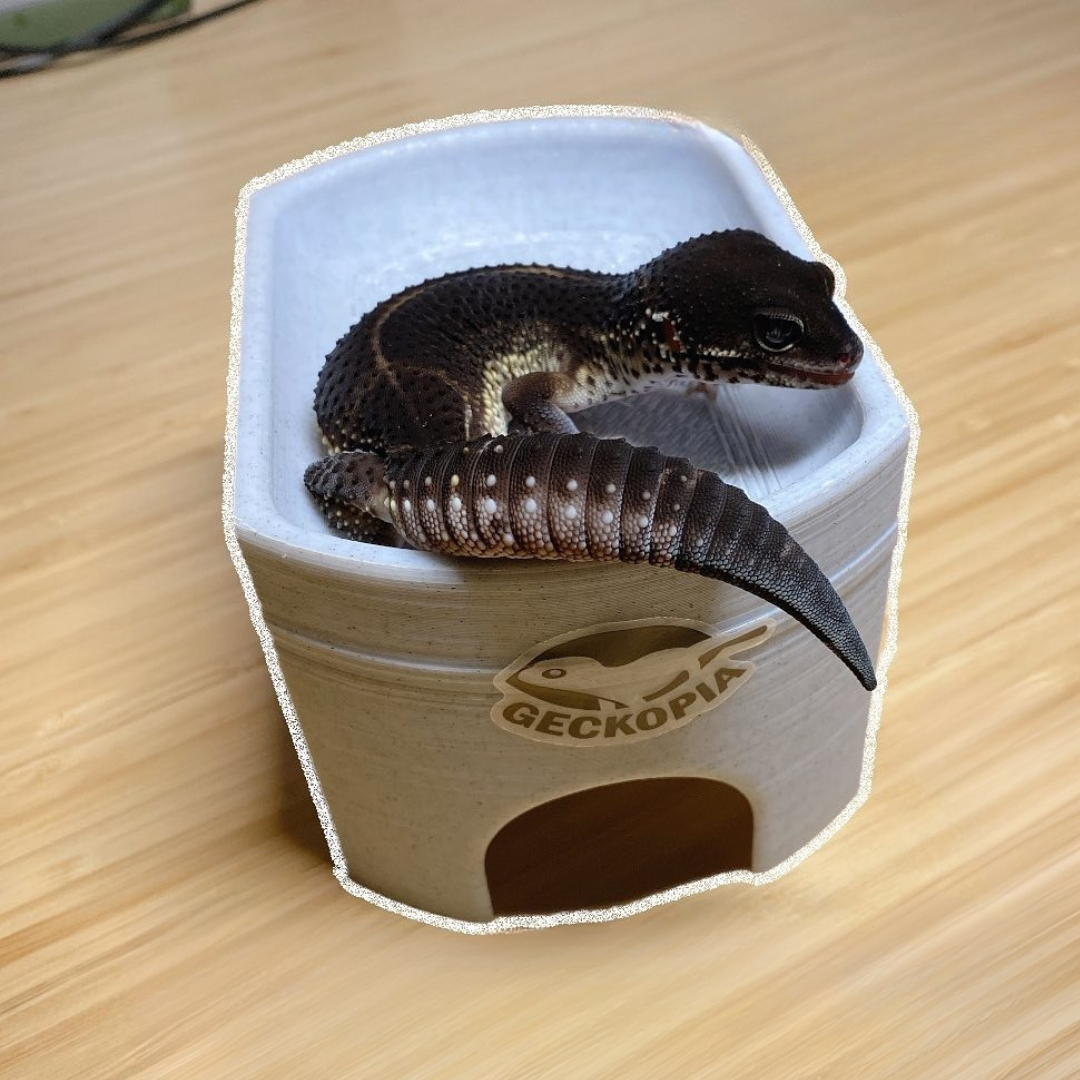
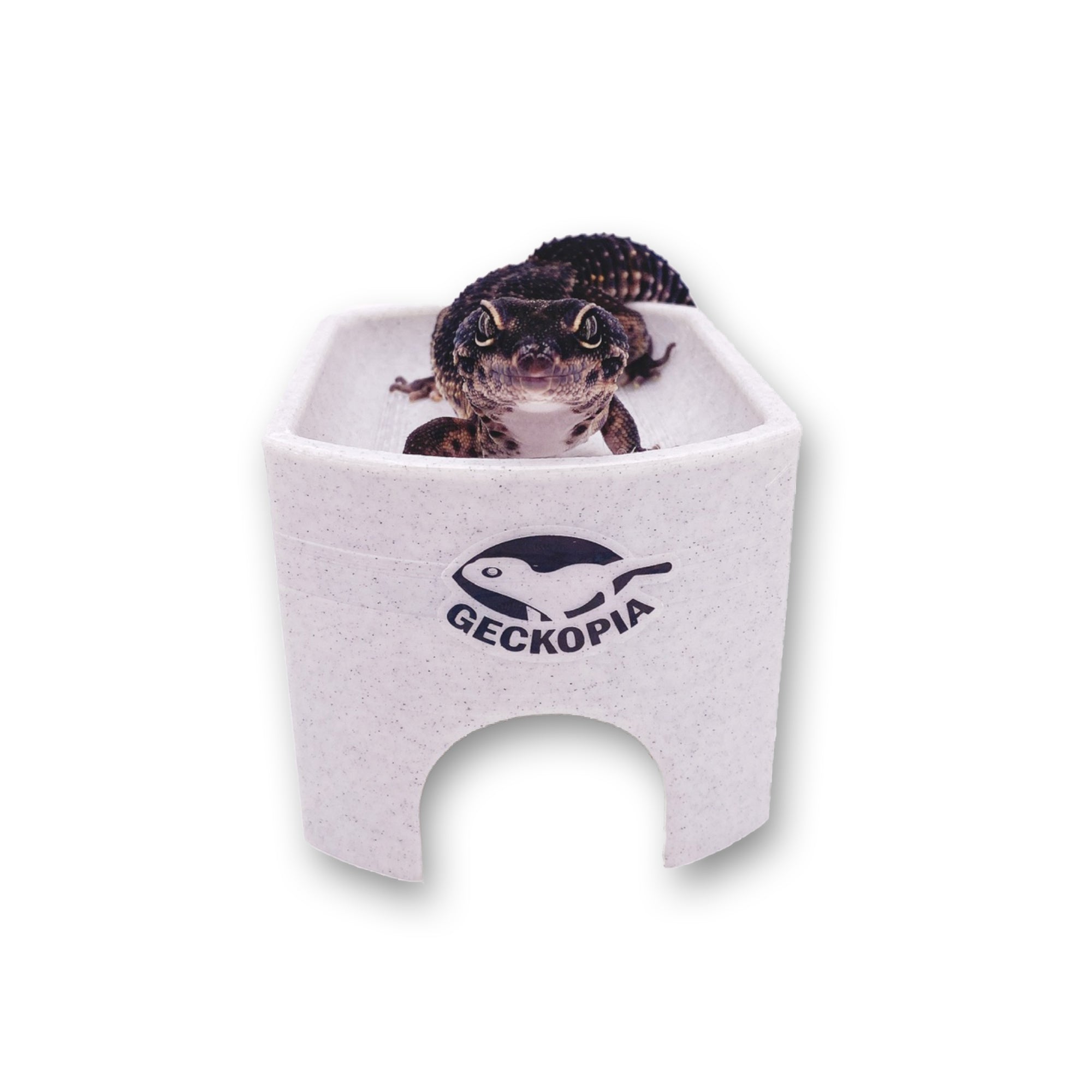

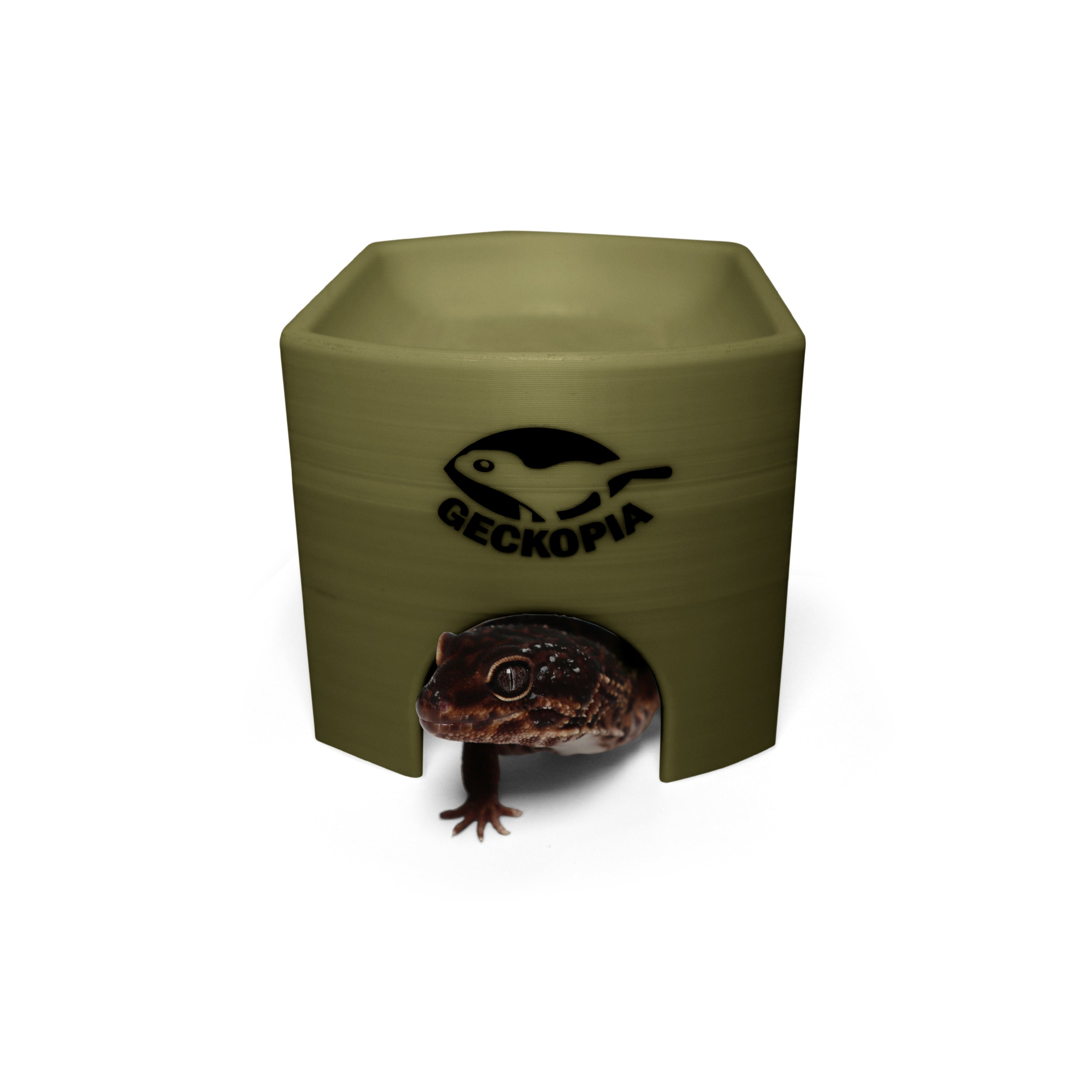
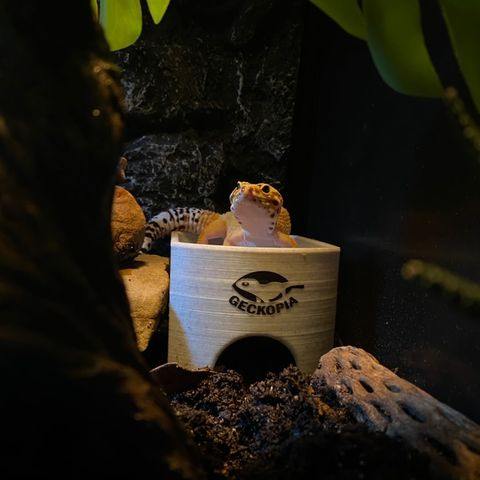
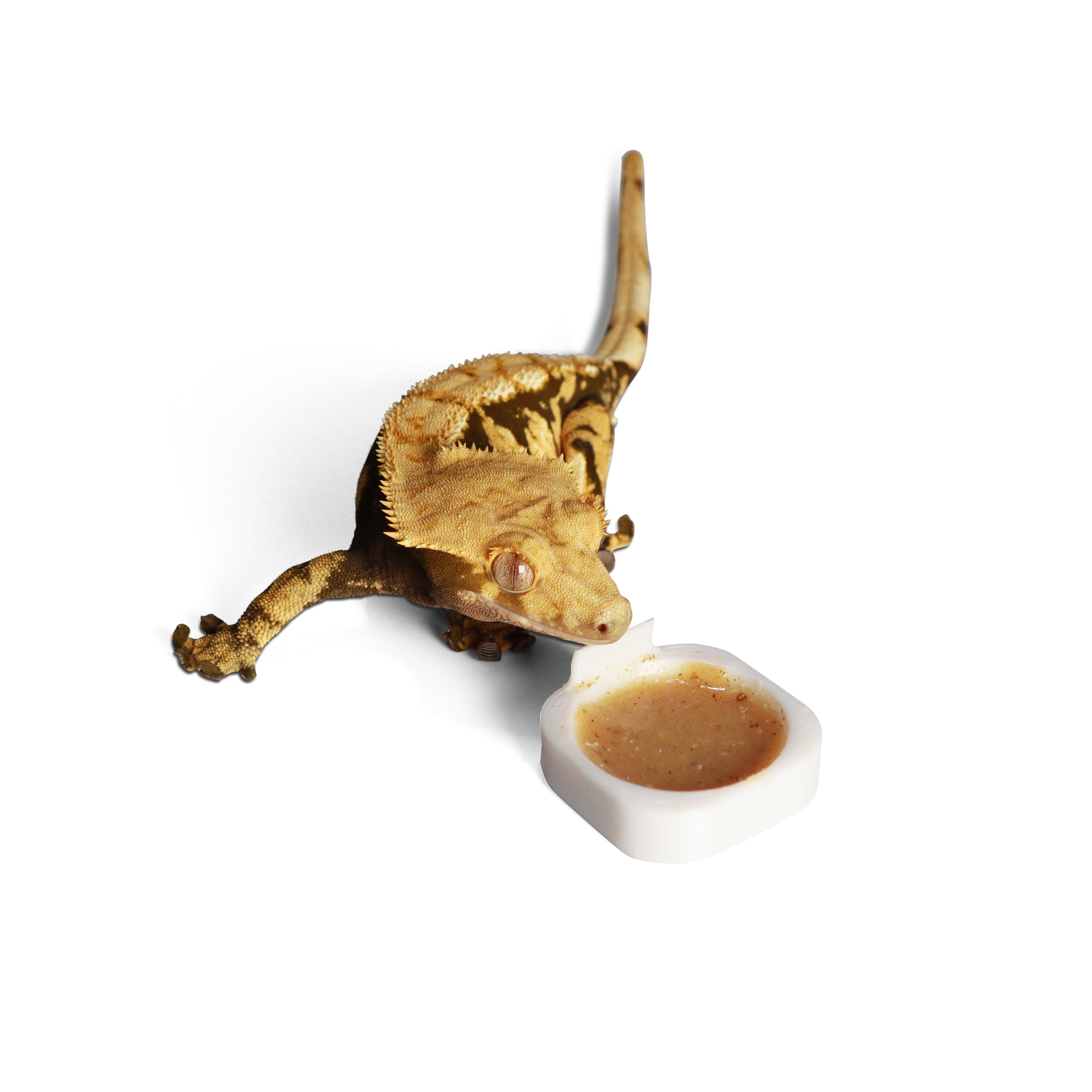
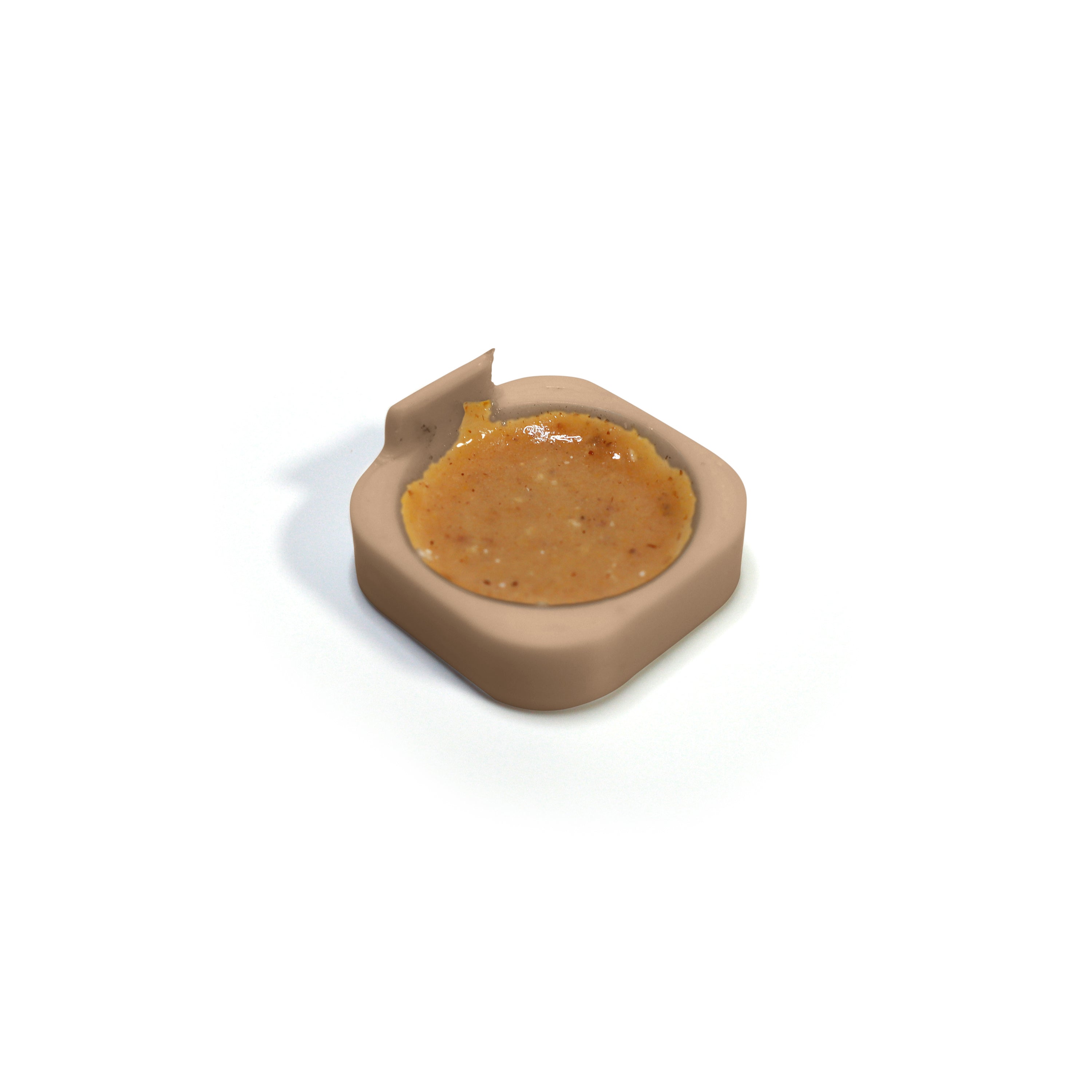
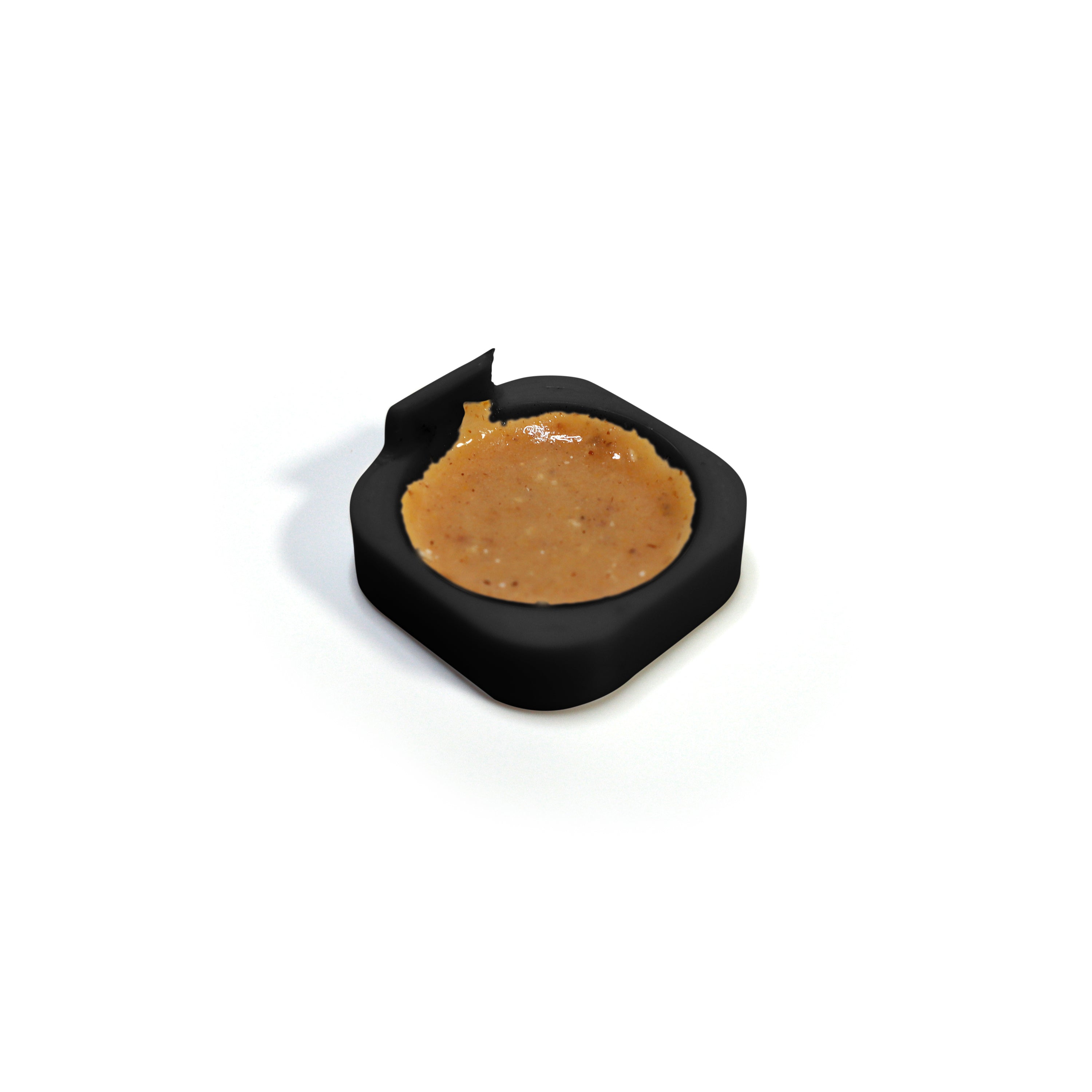
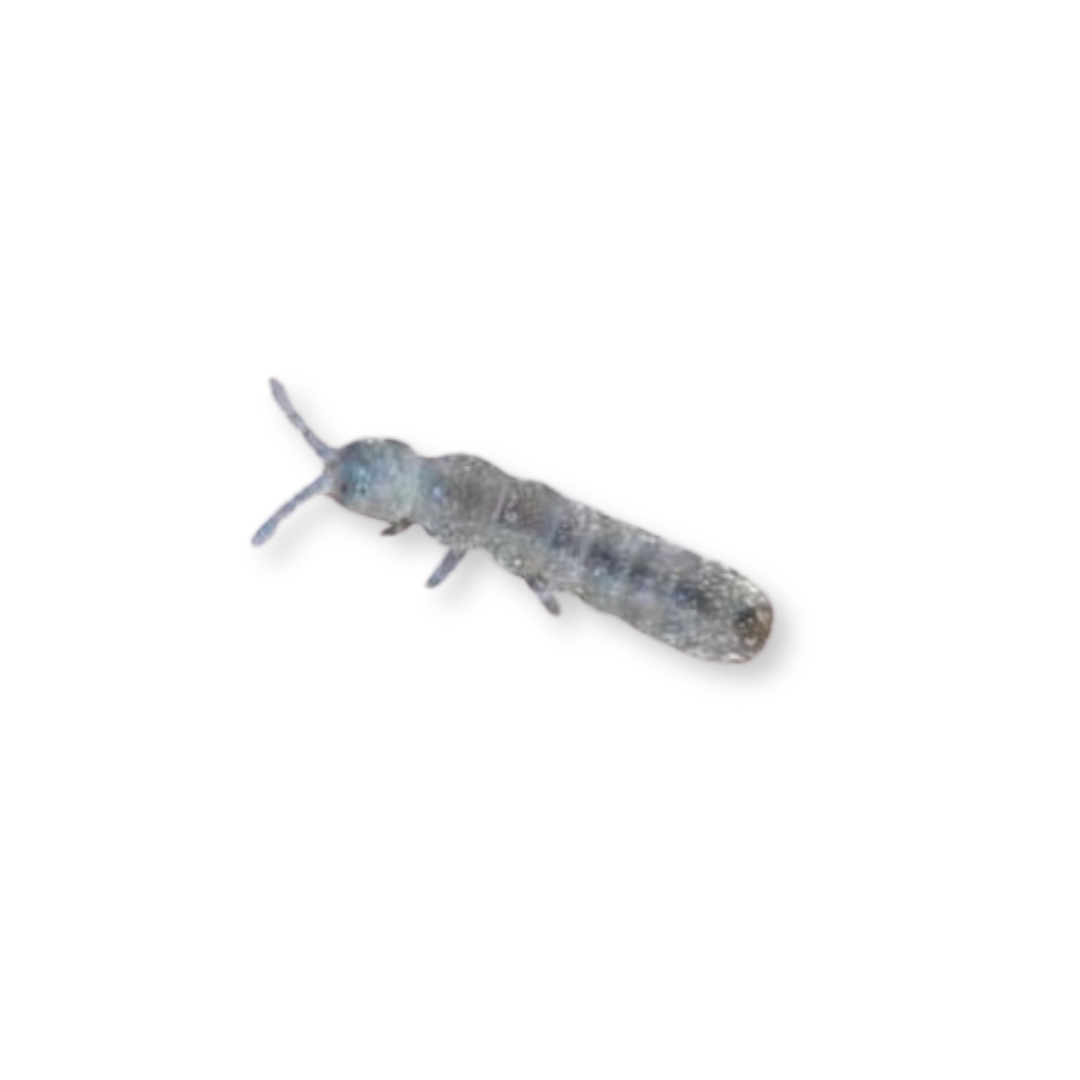
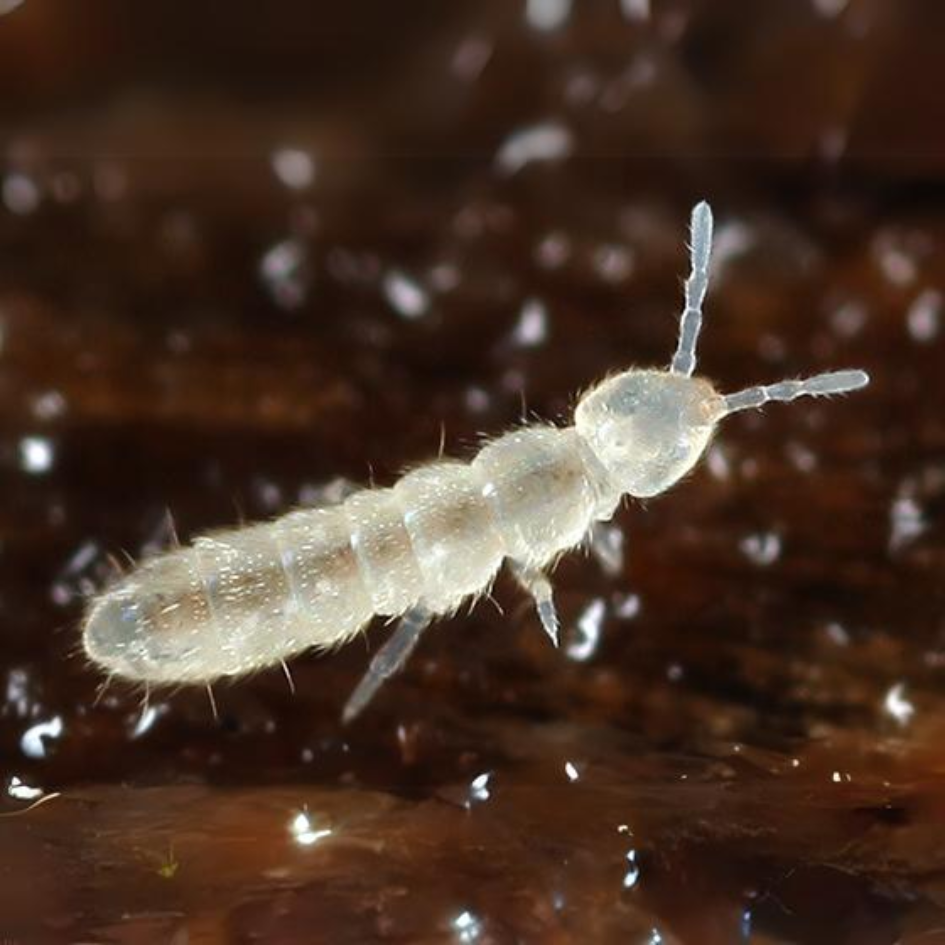
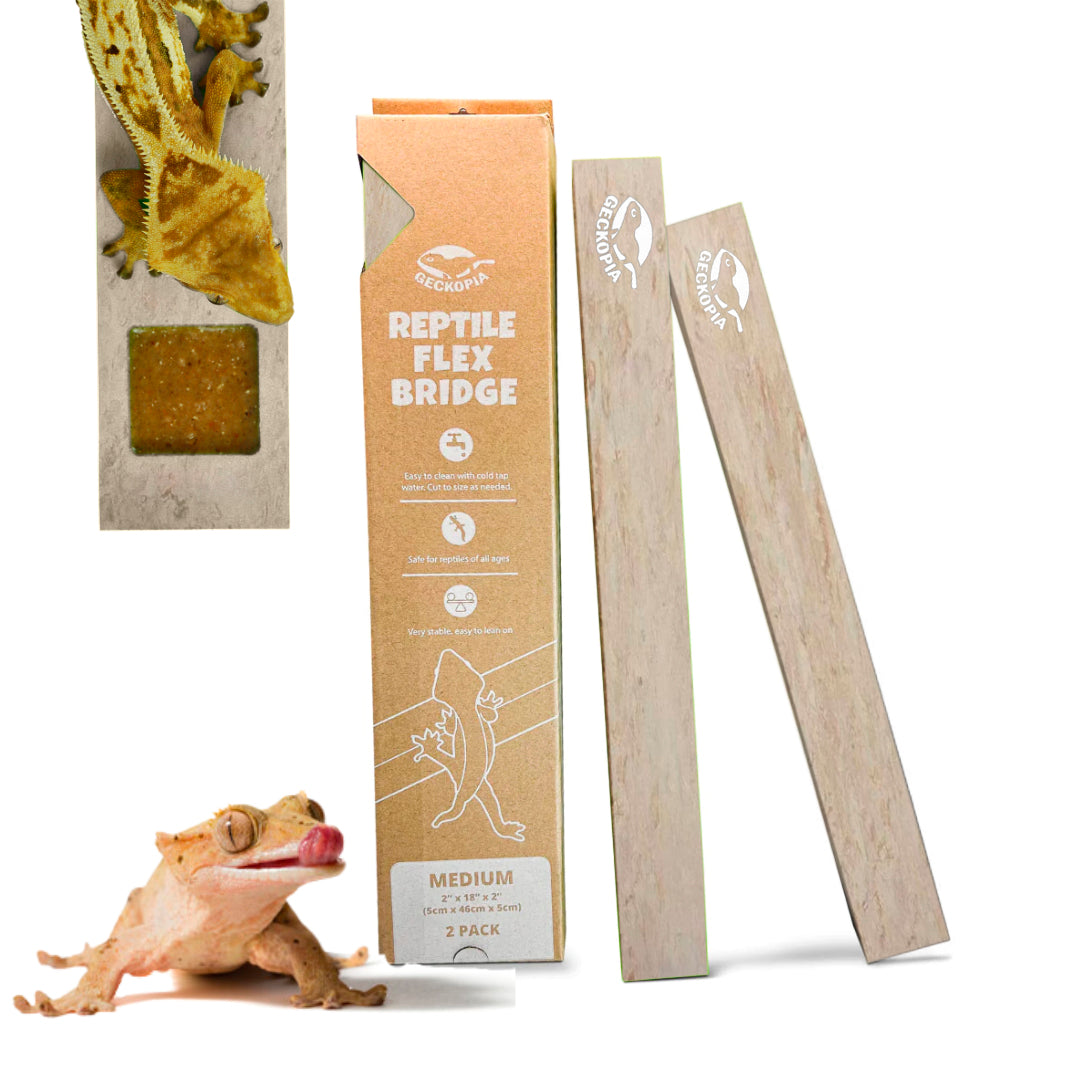
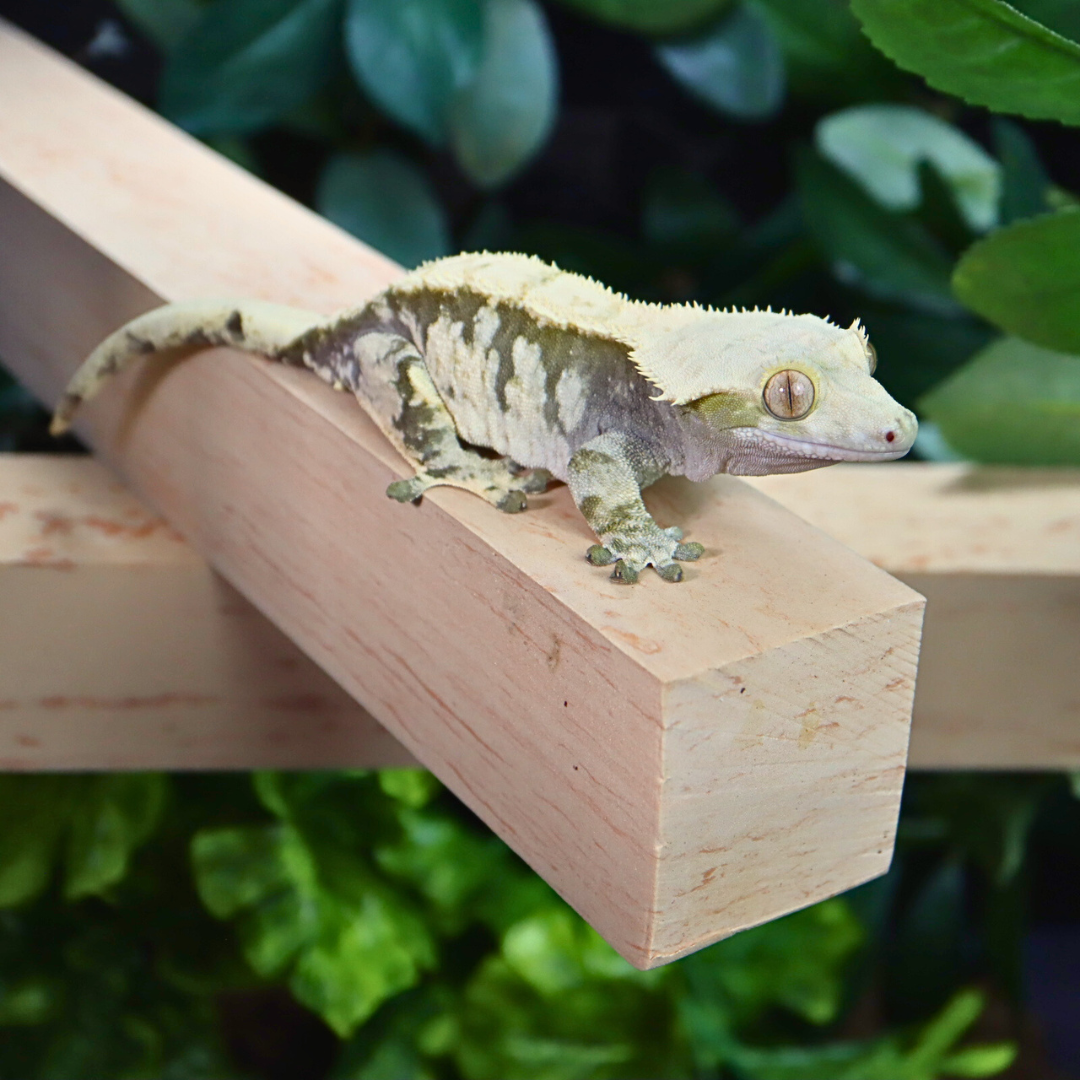
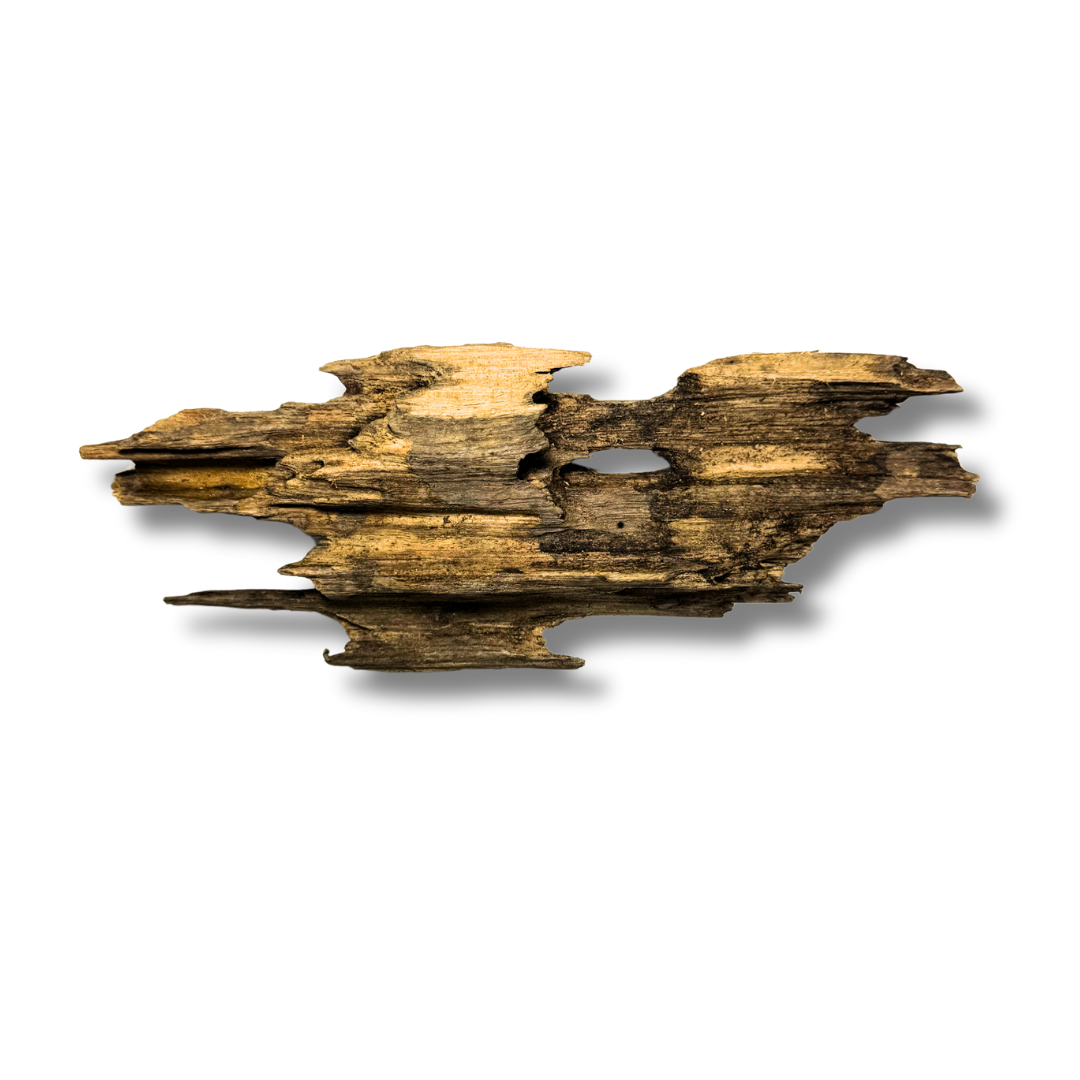
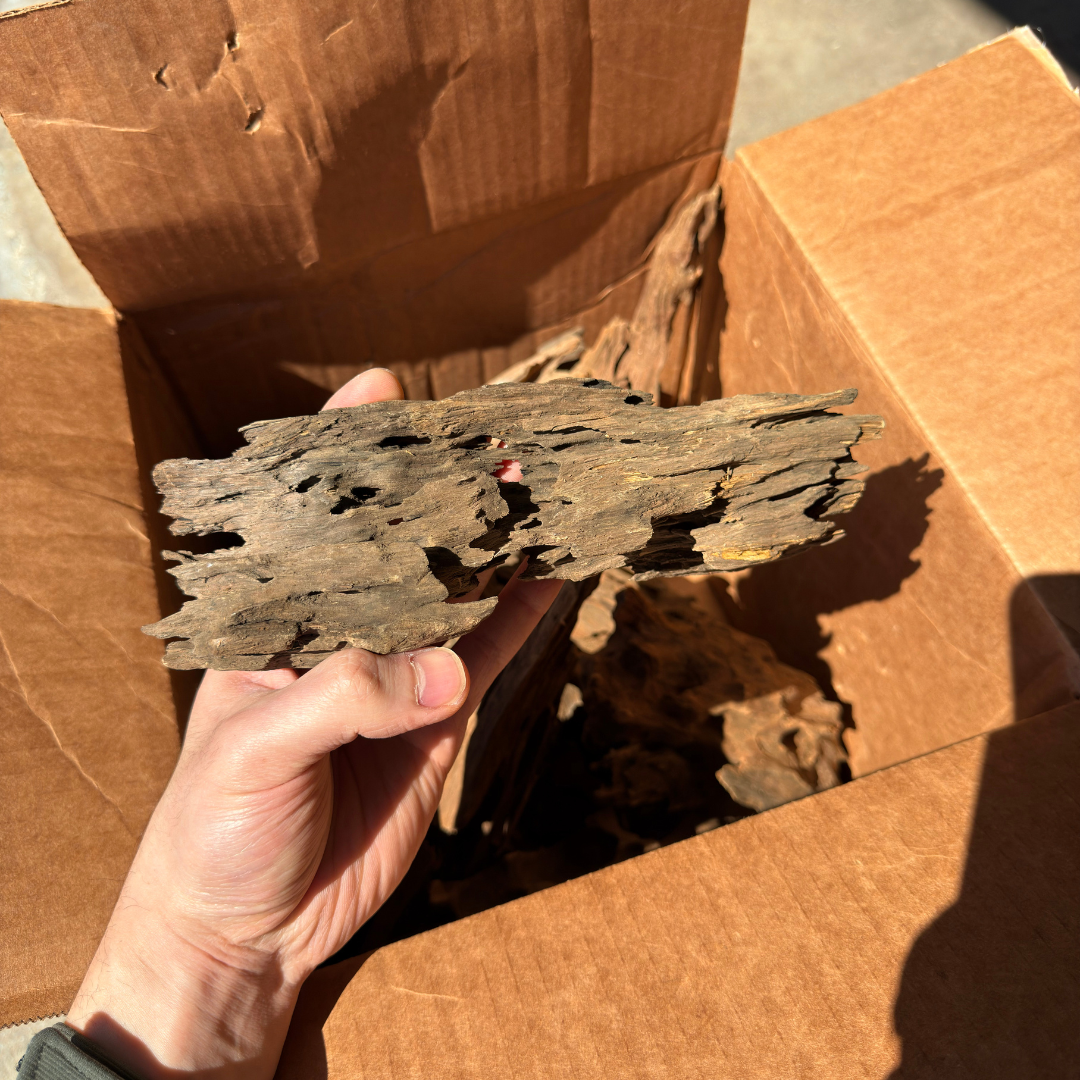



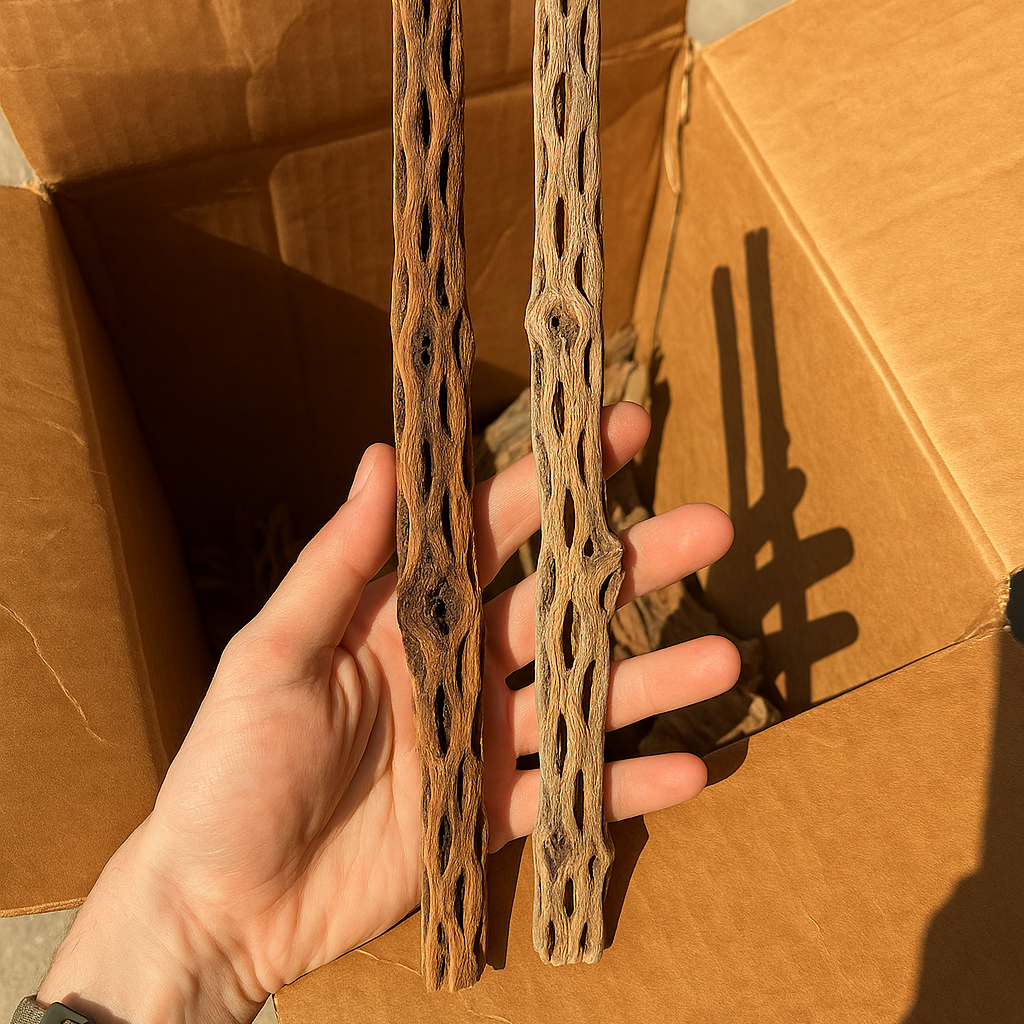
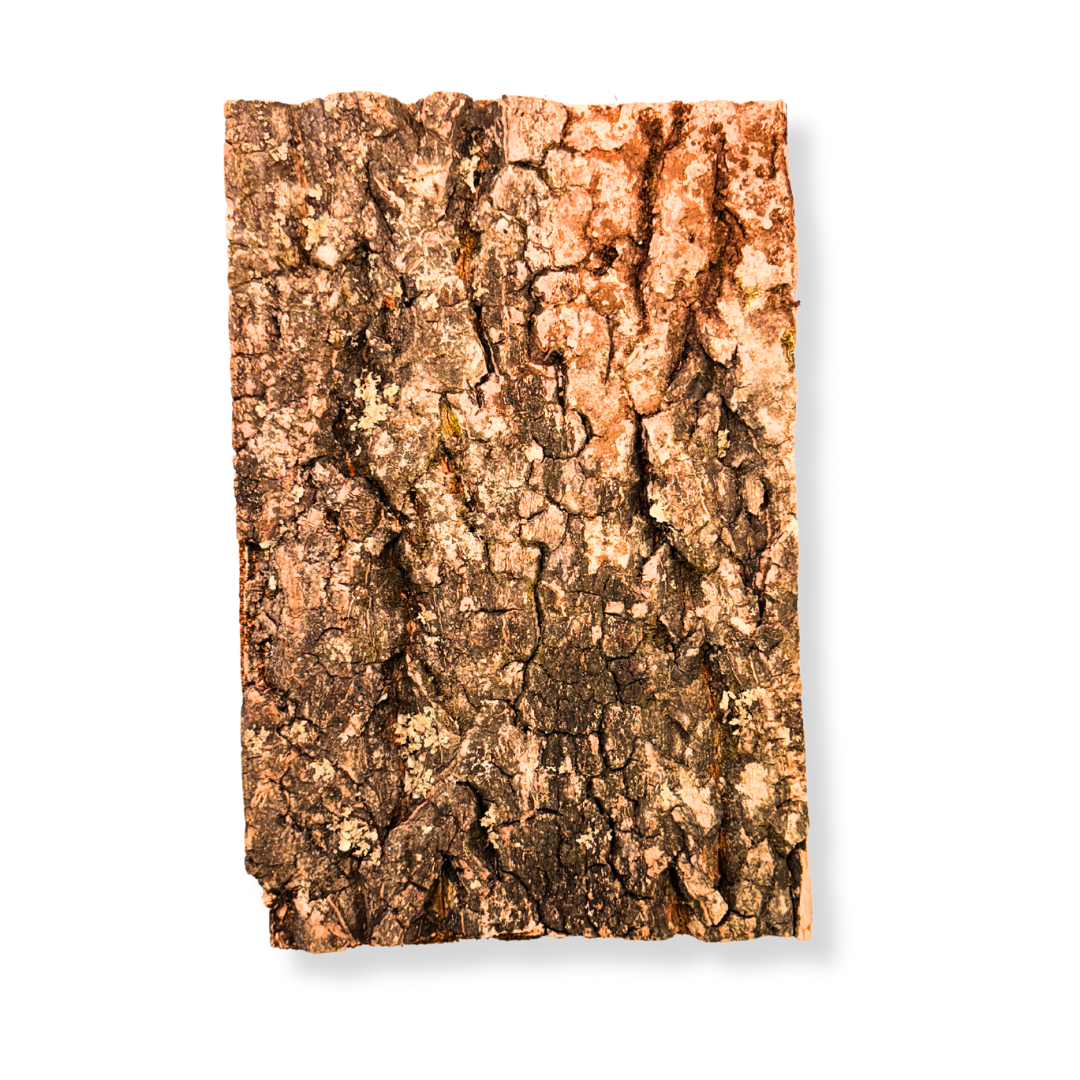

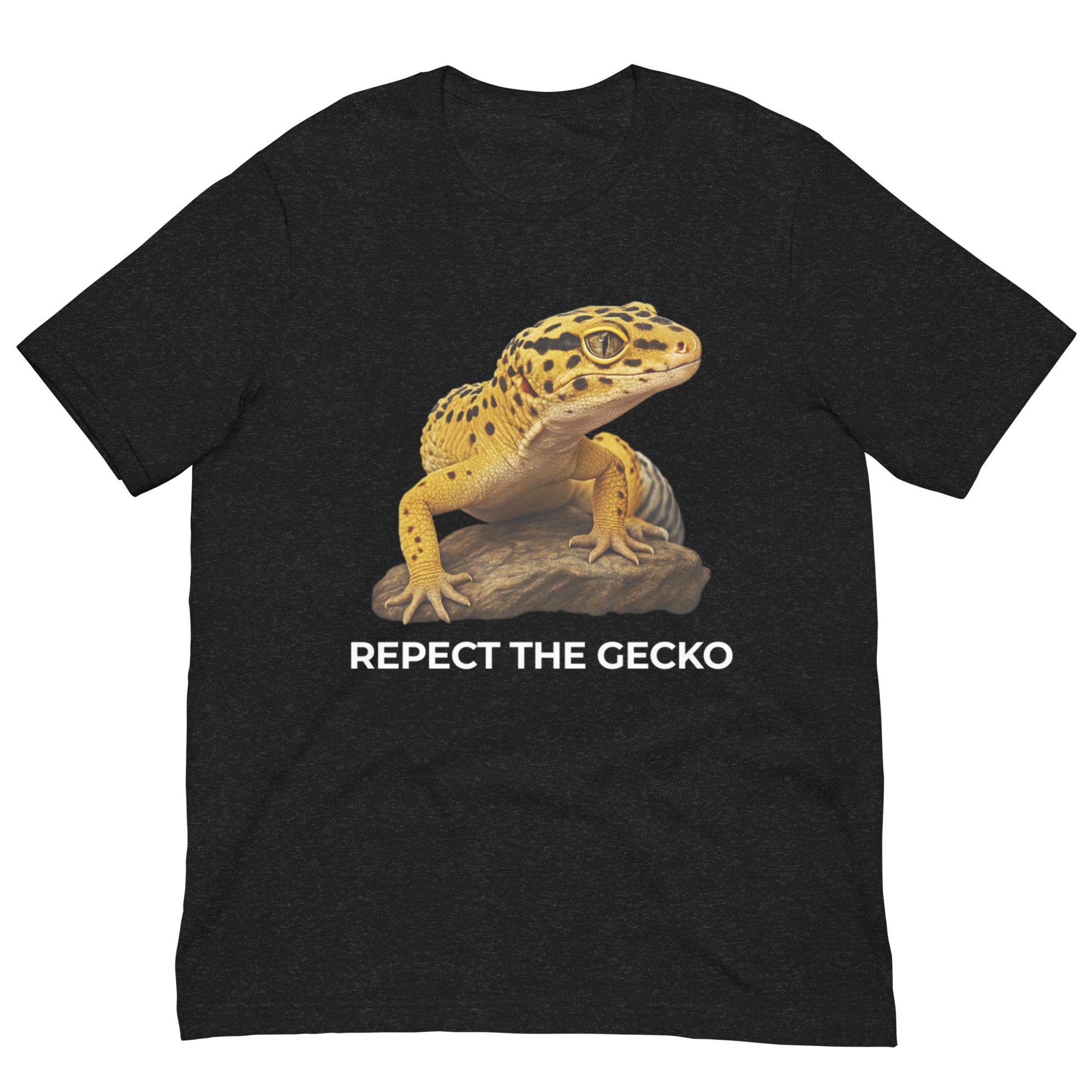
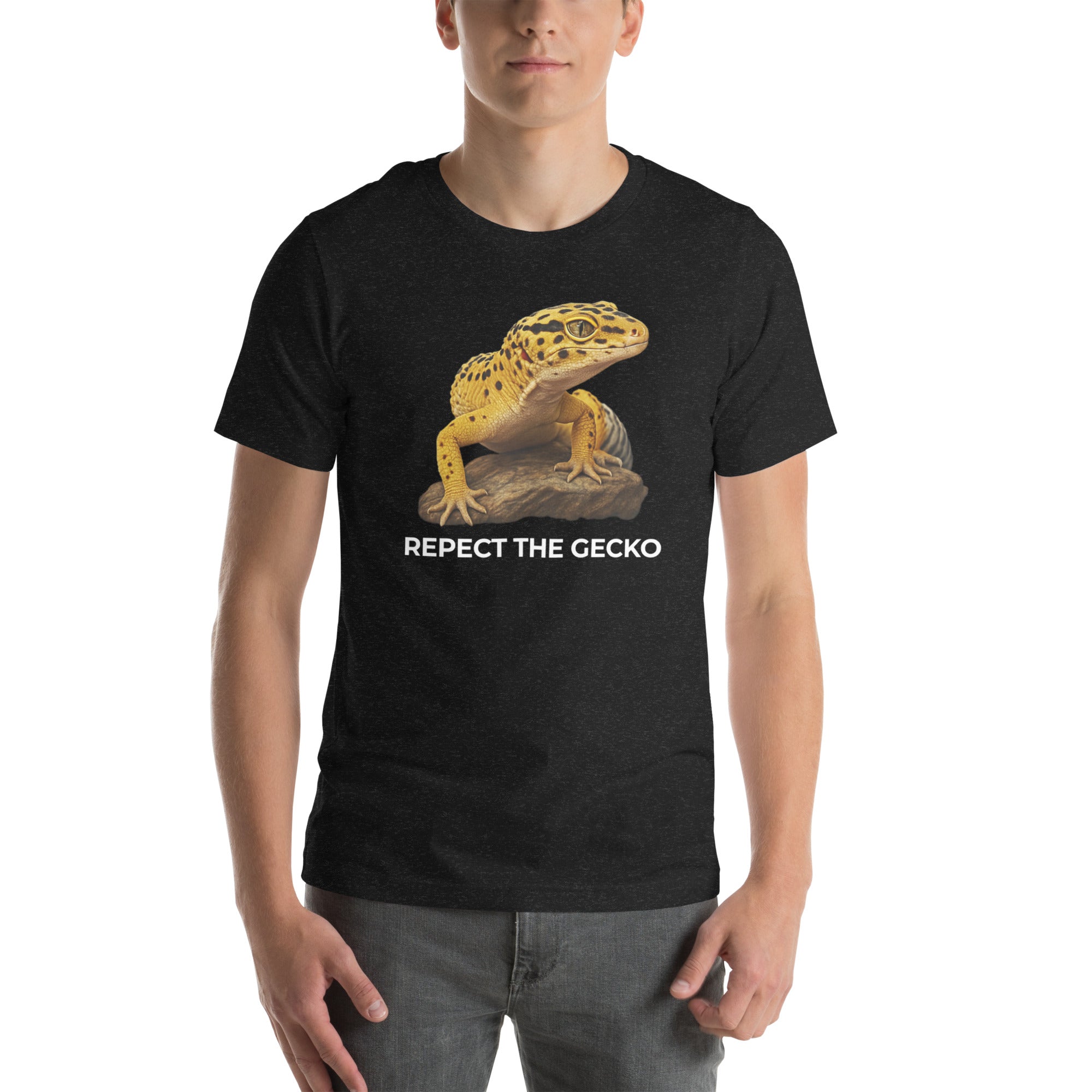
Leave a comment